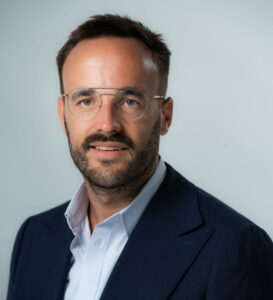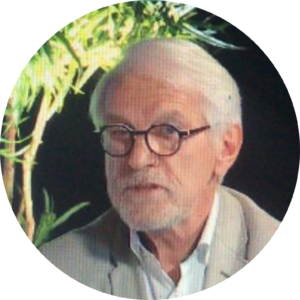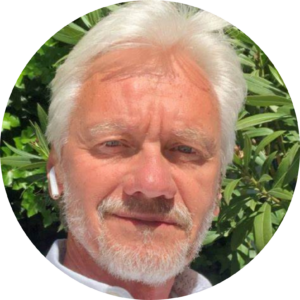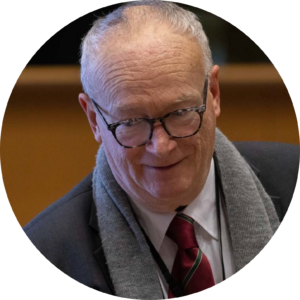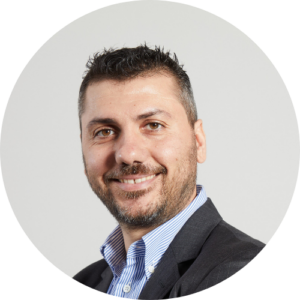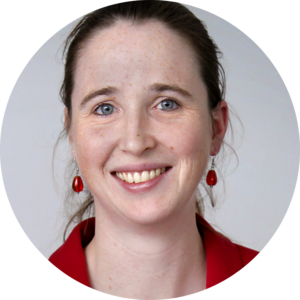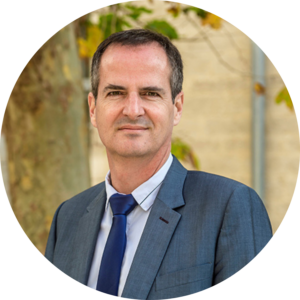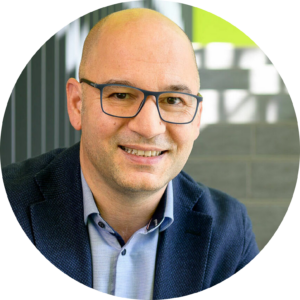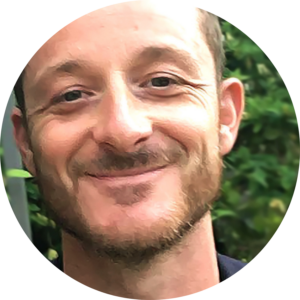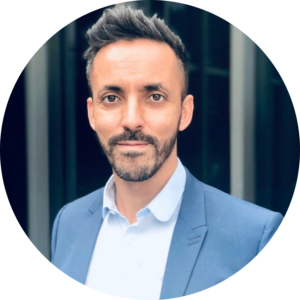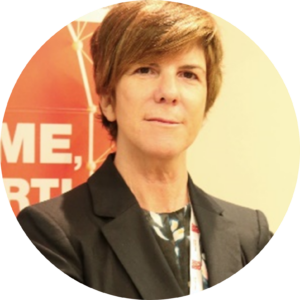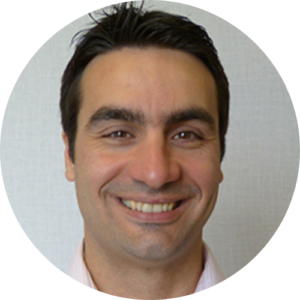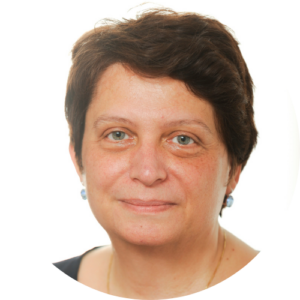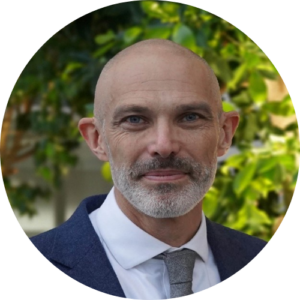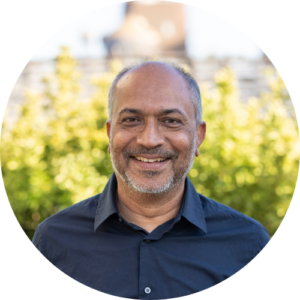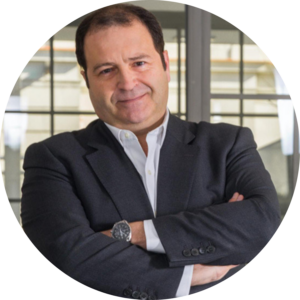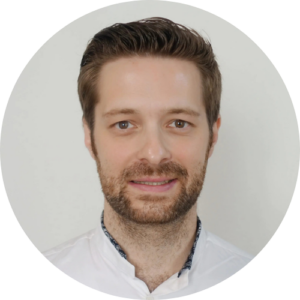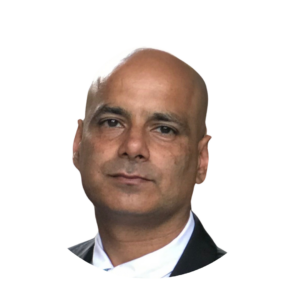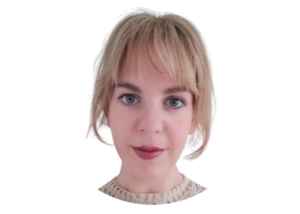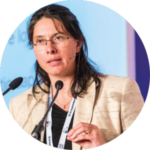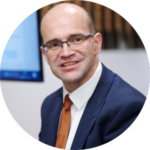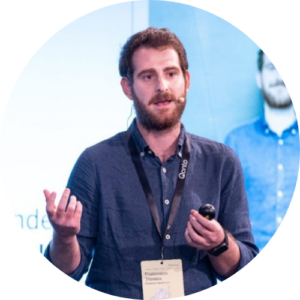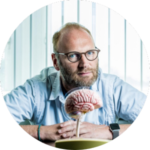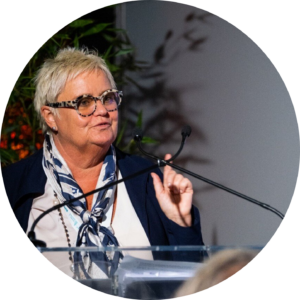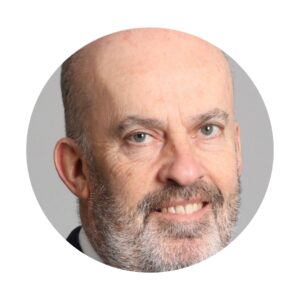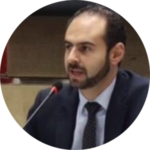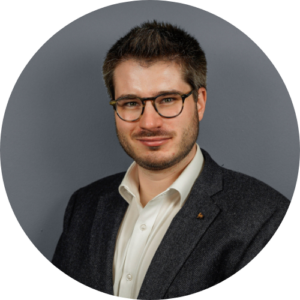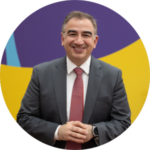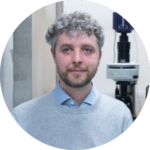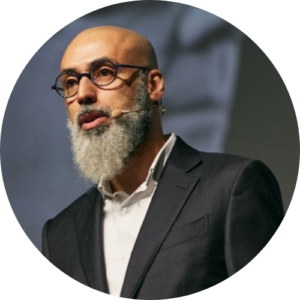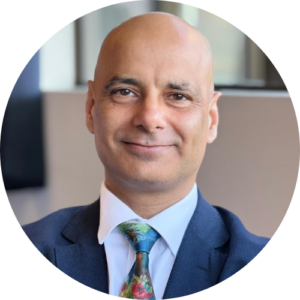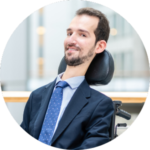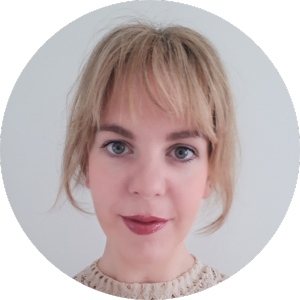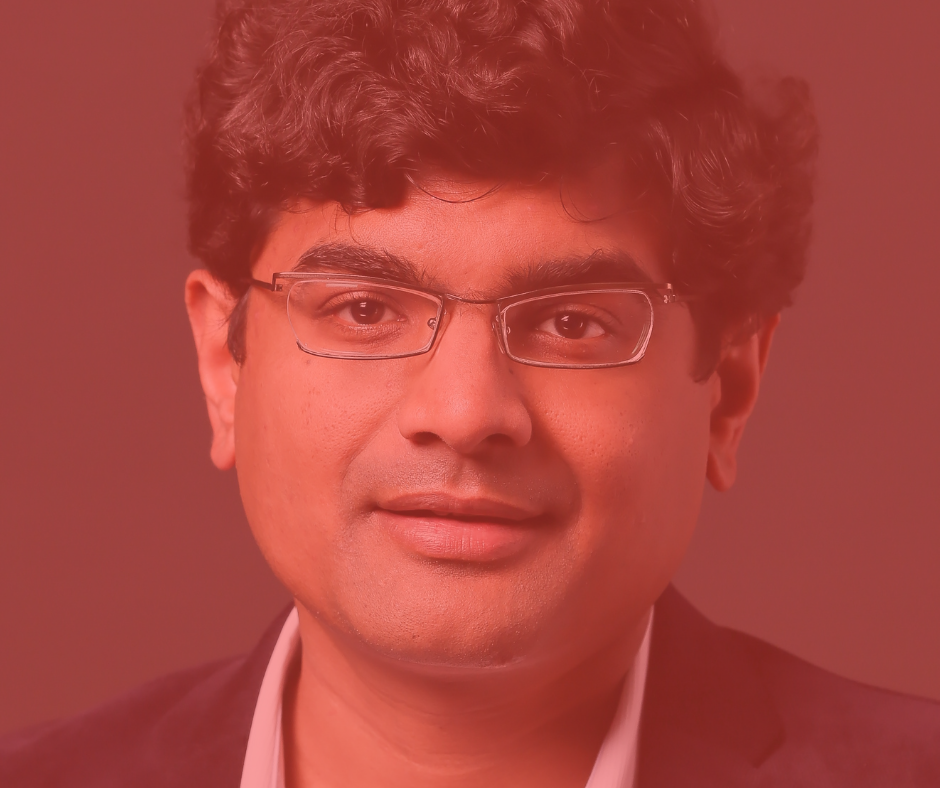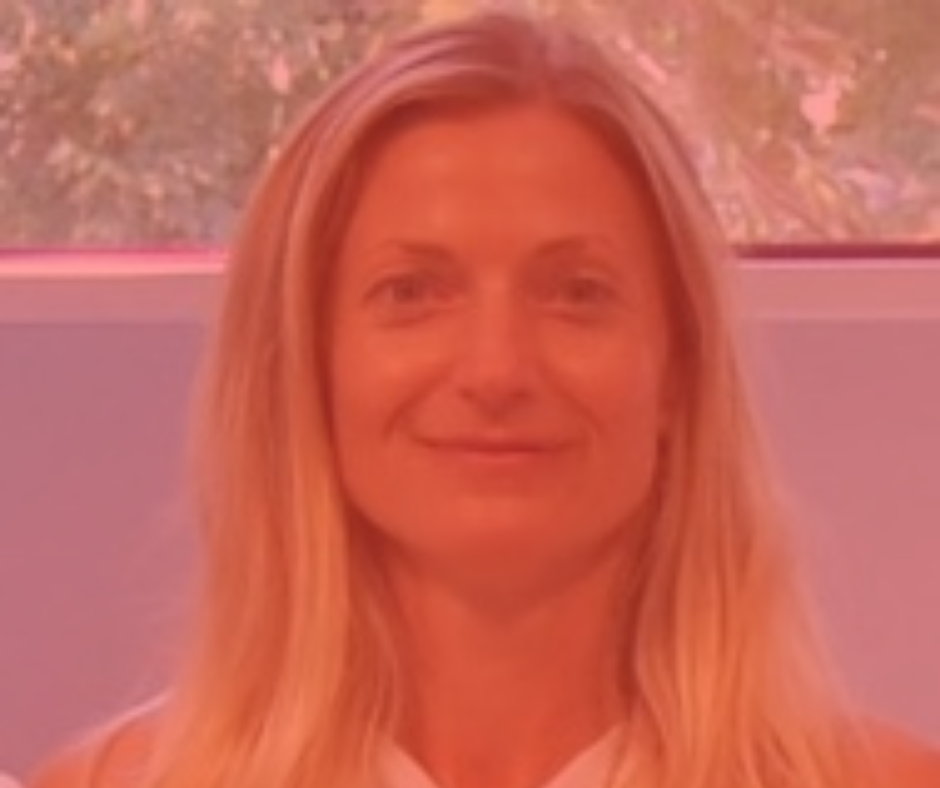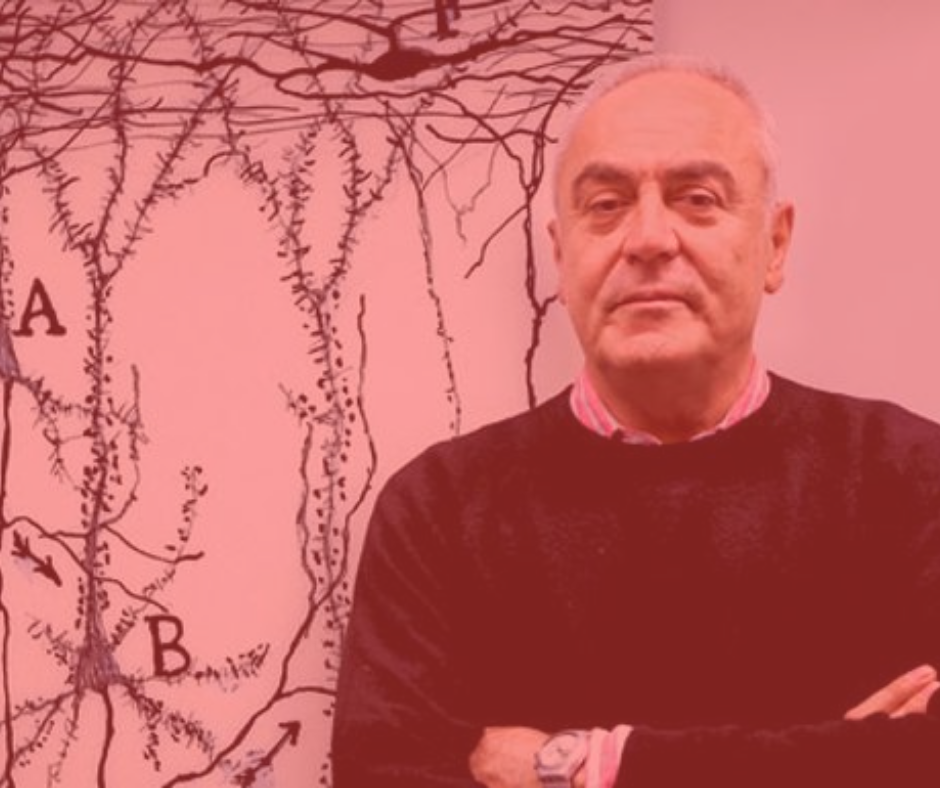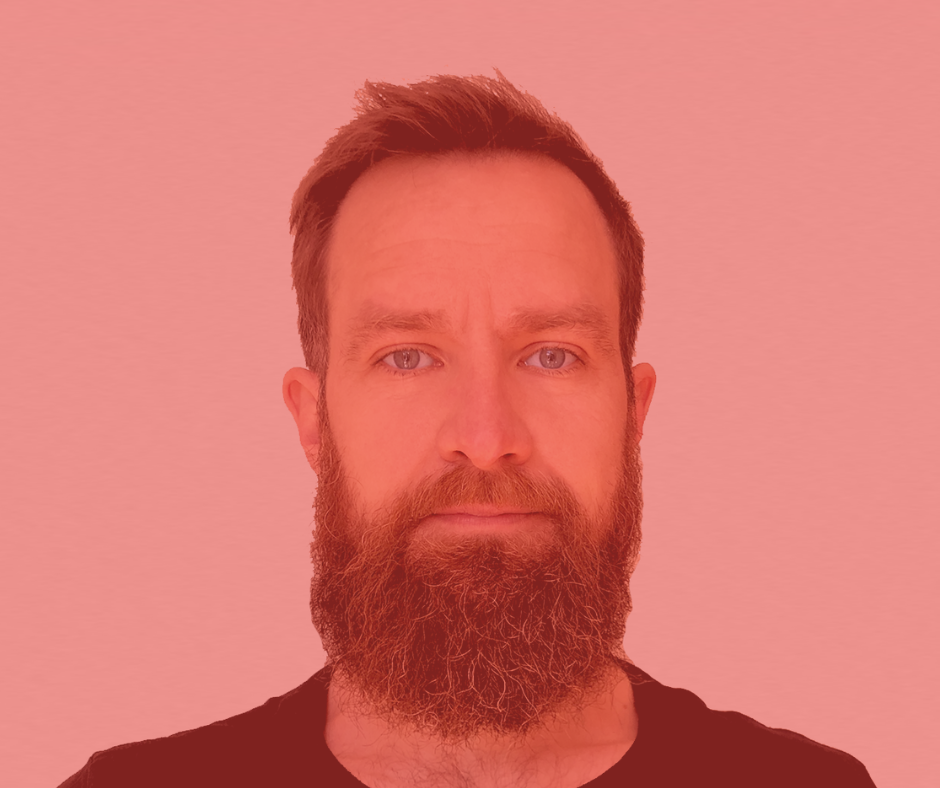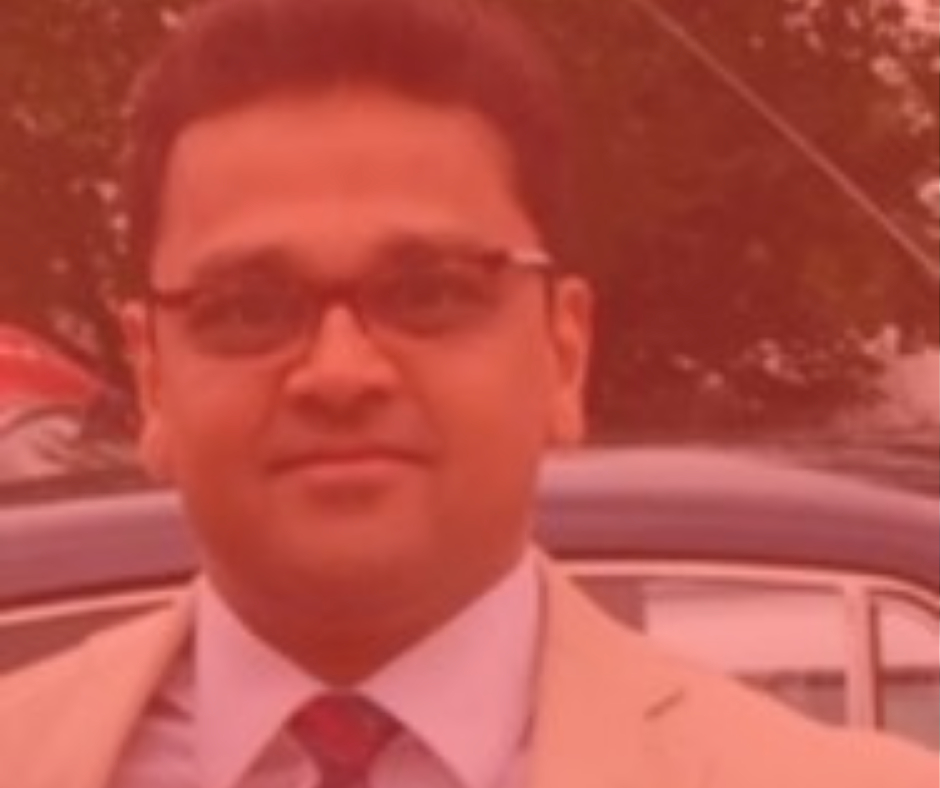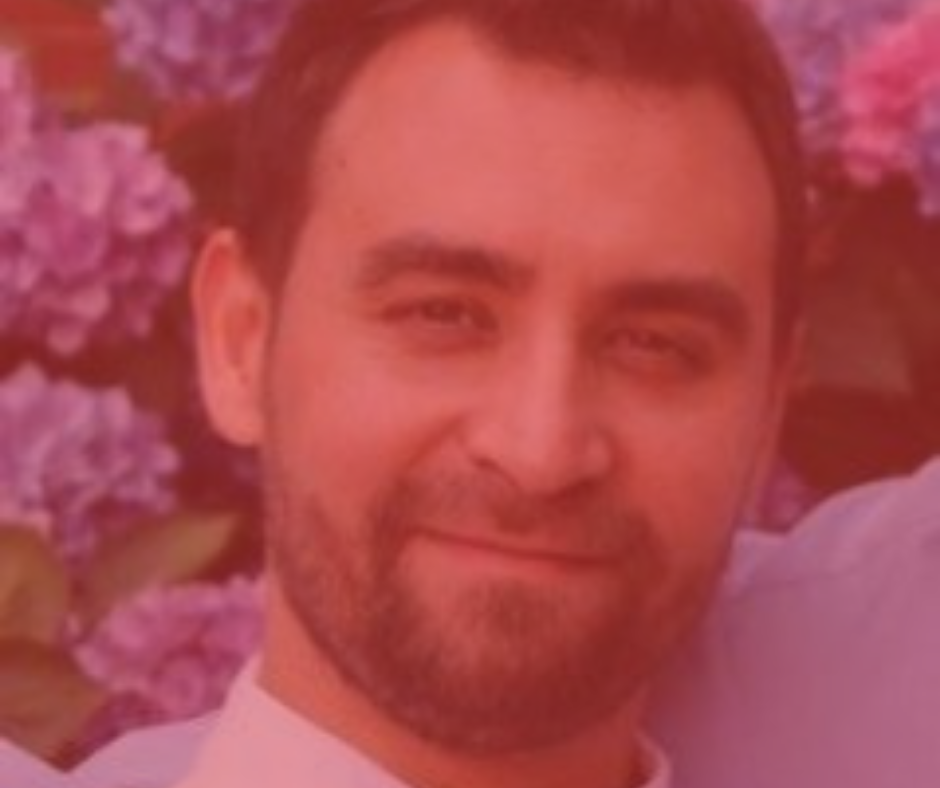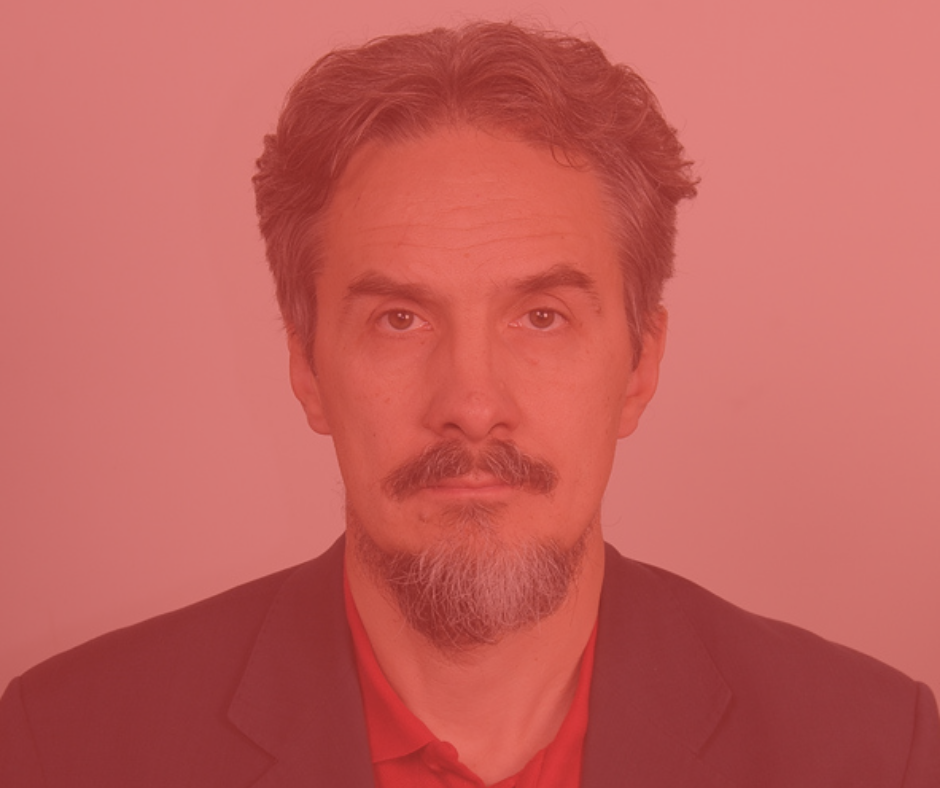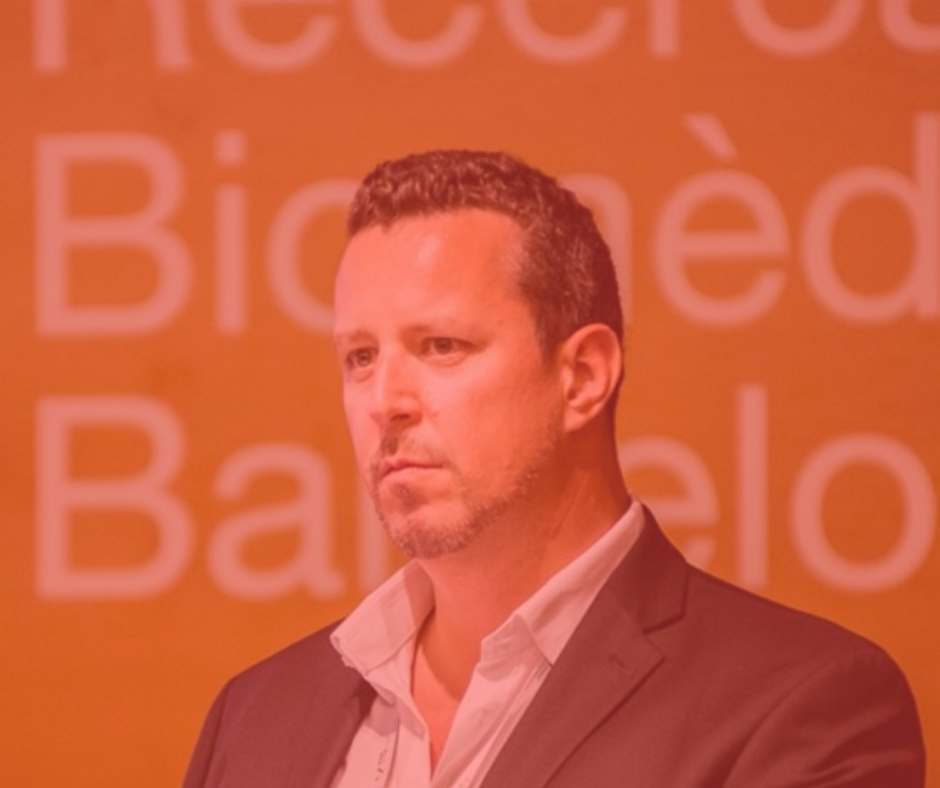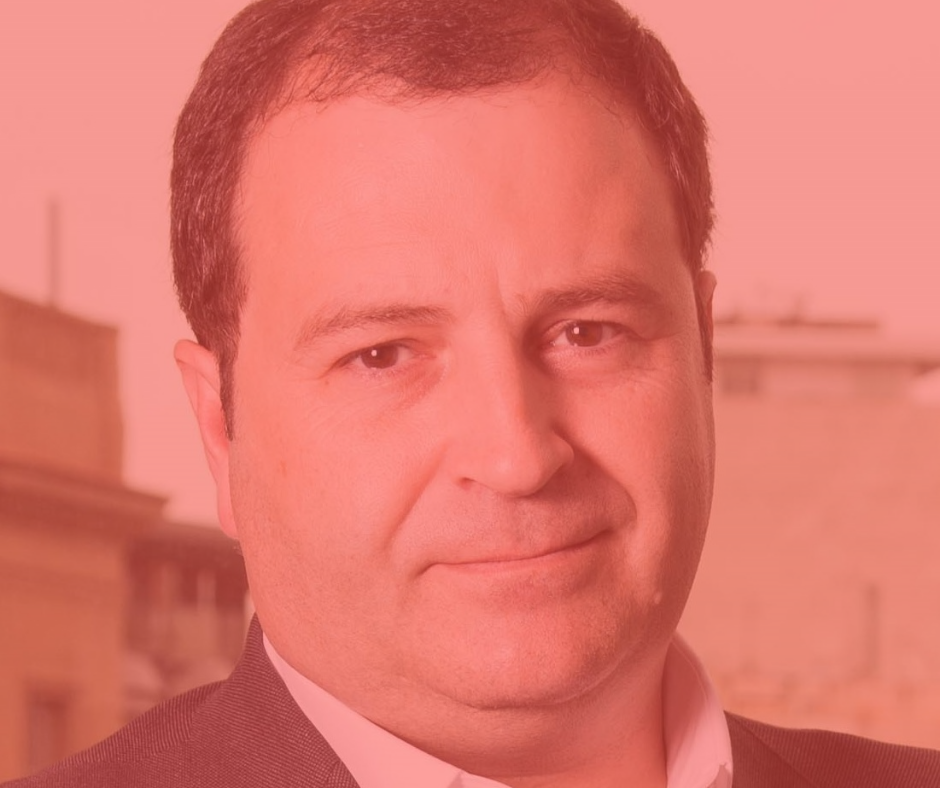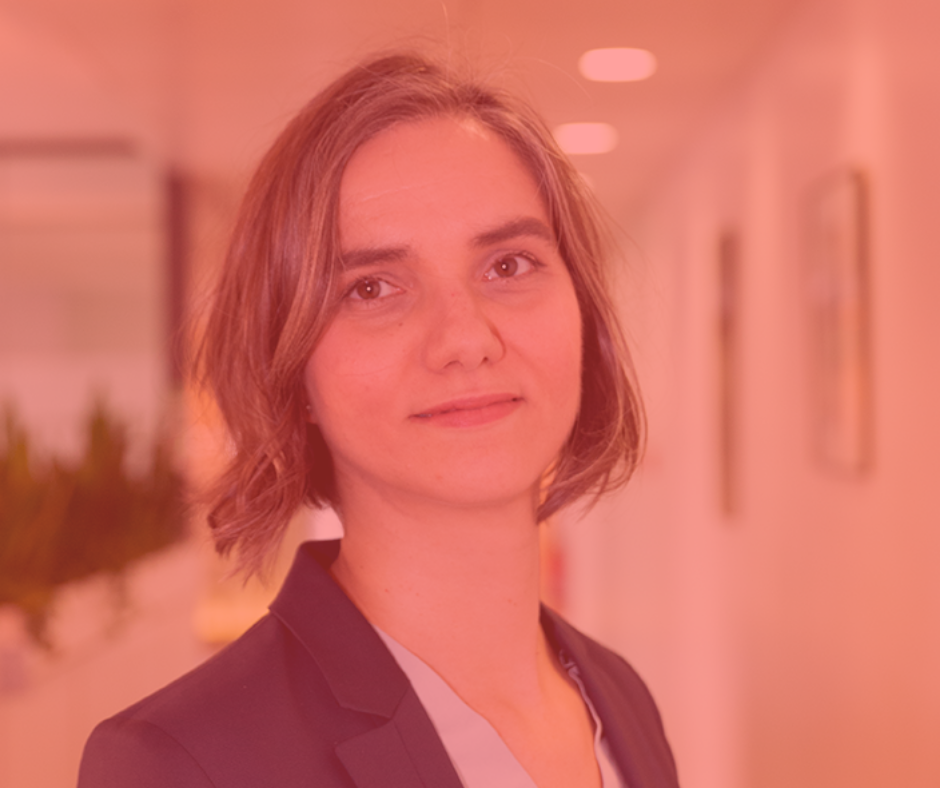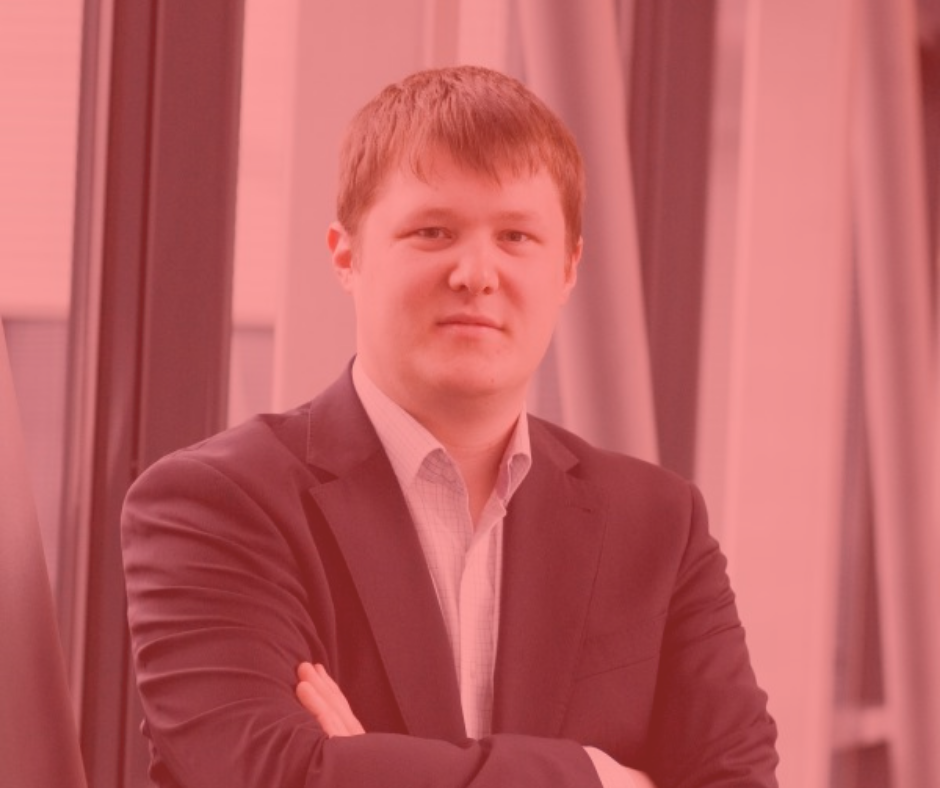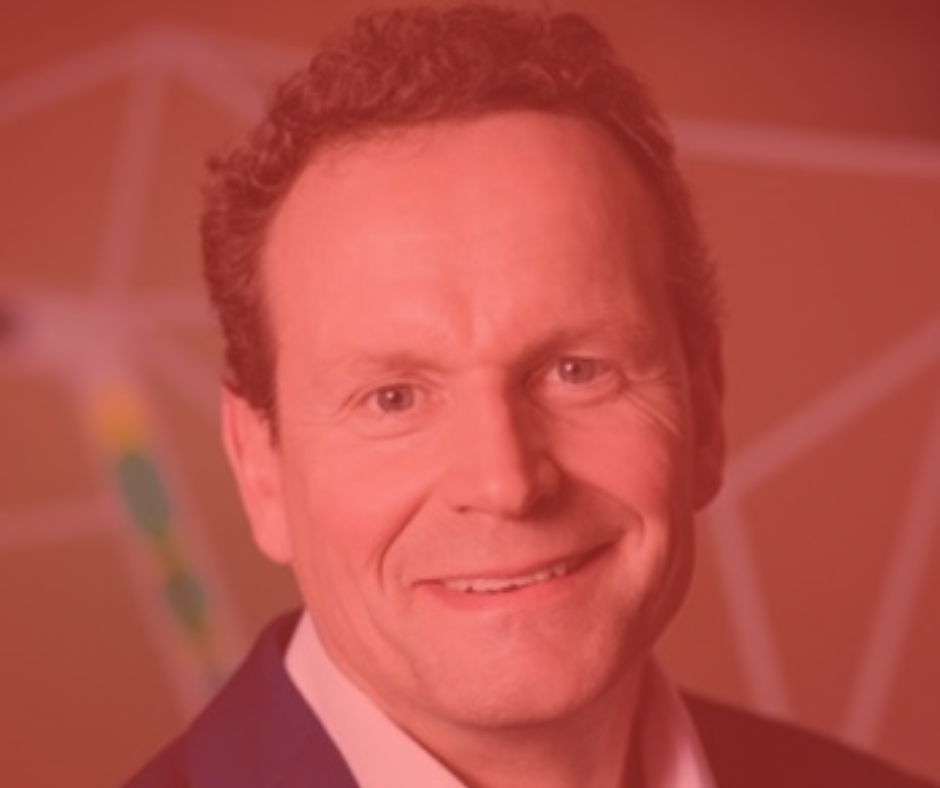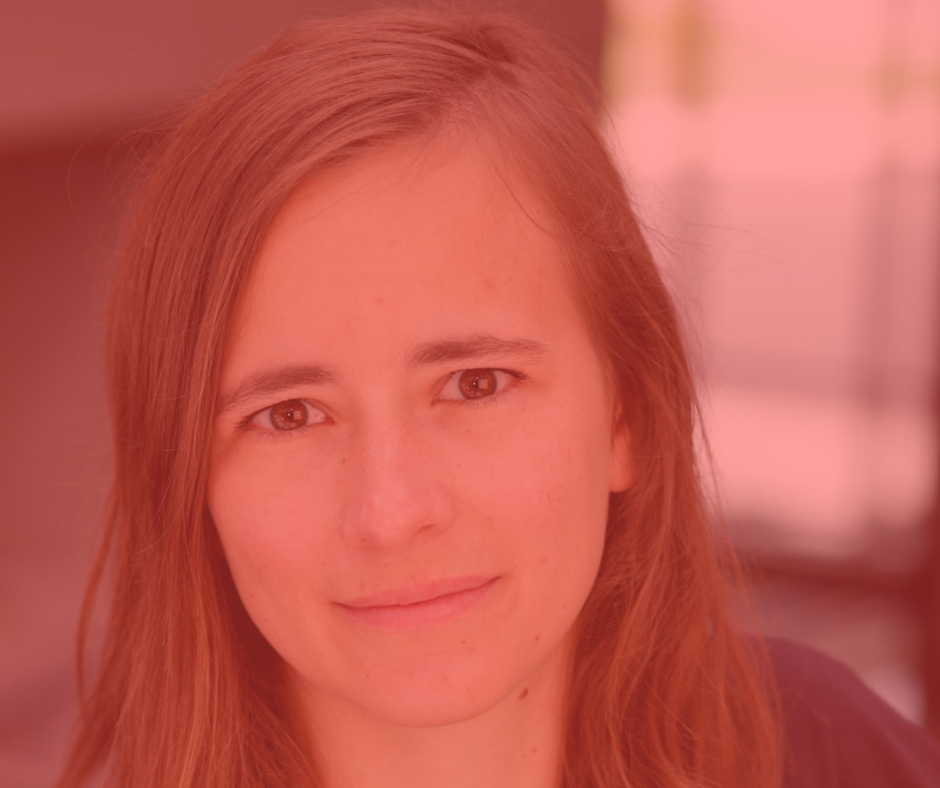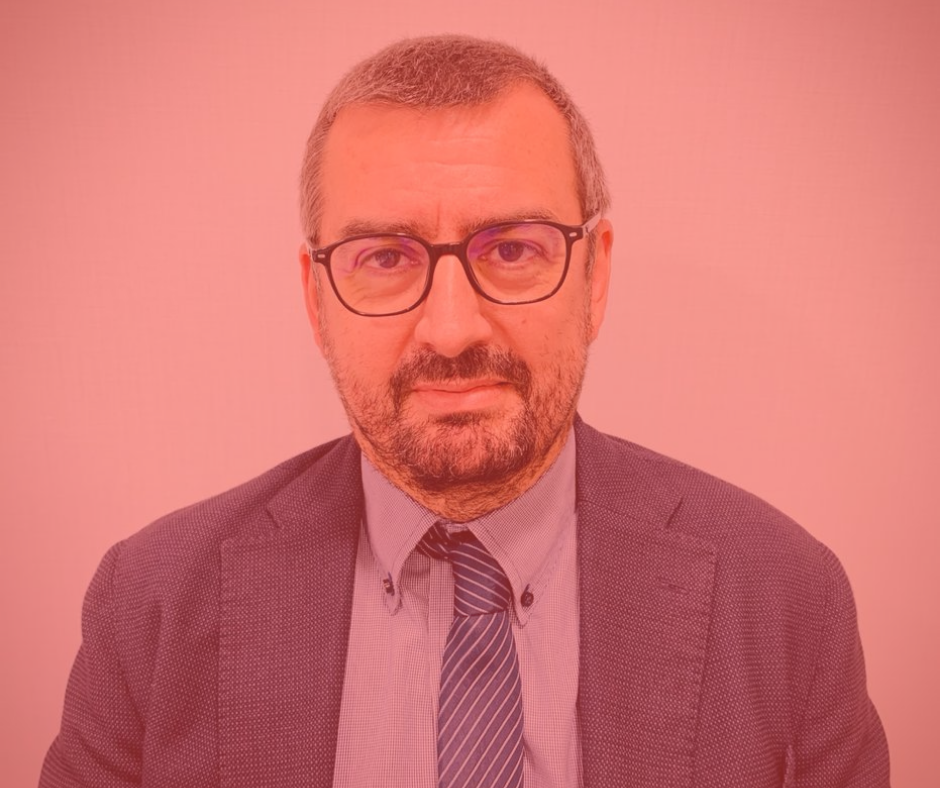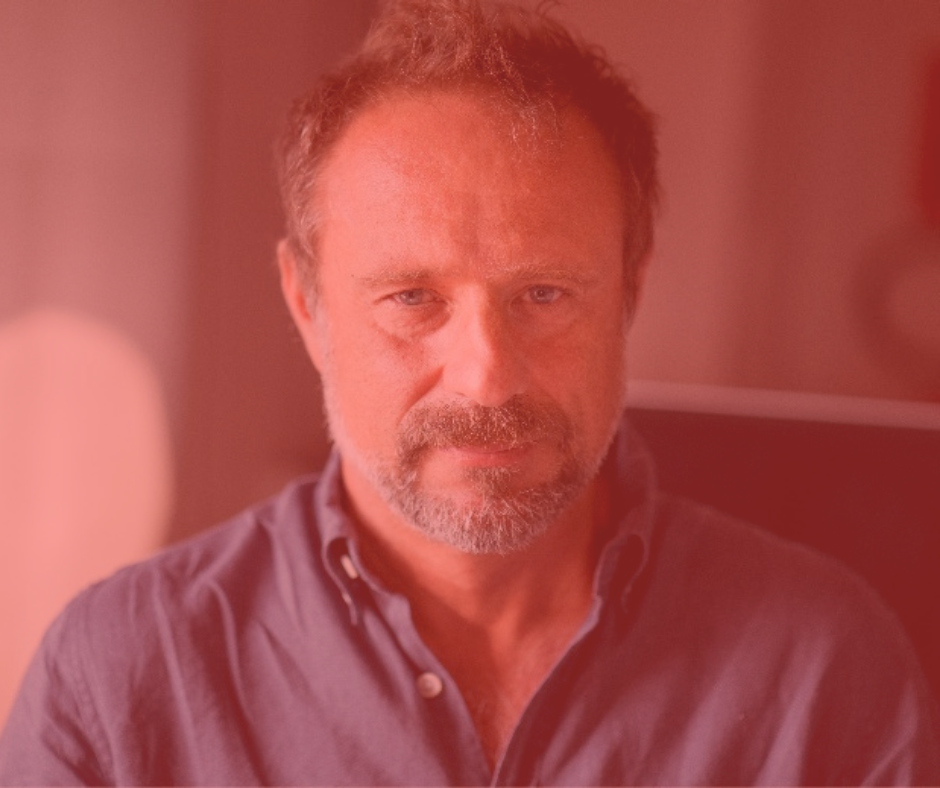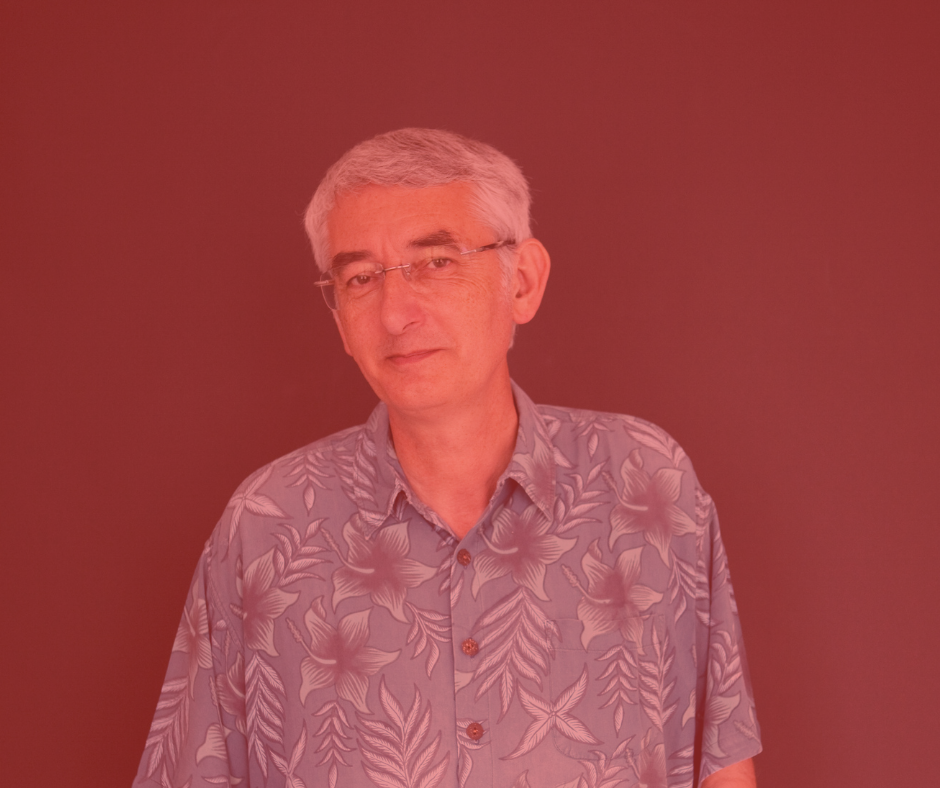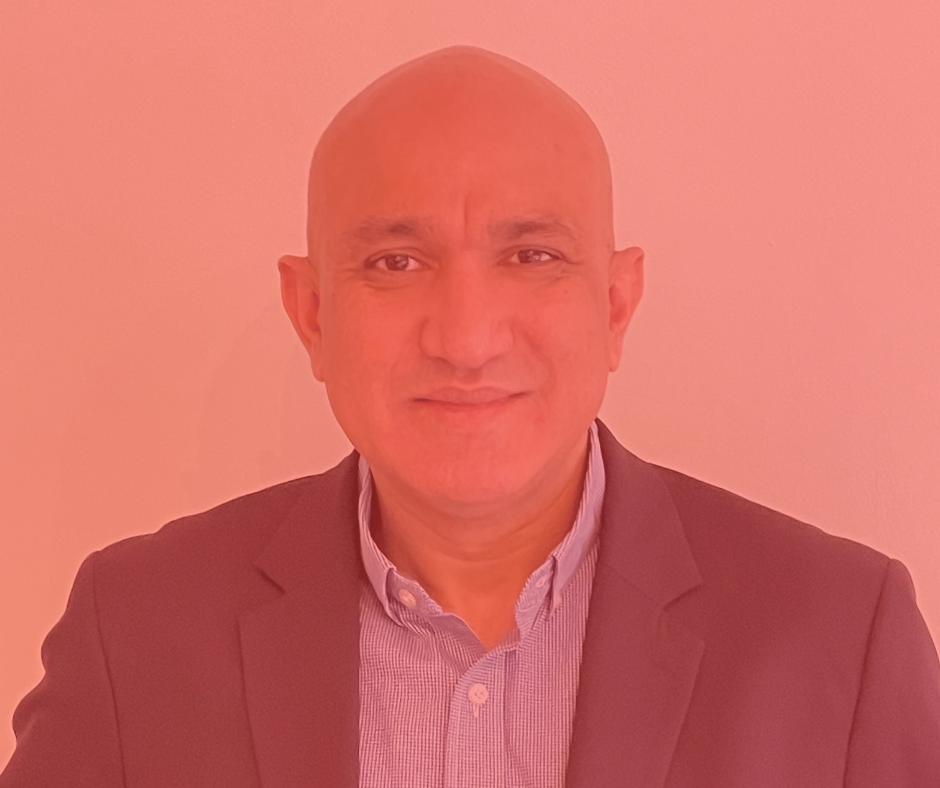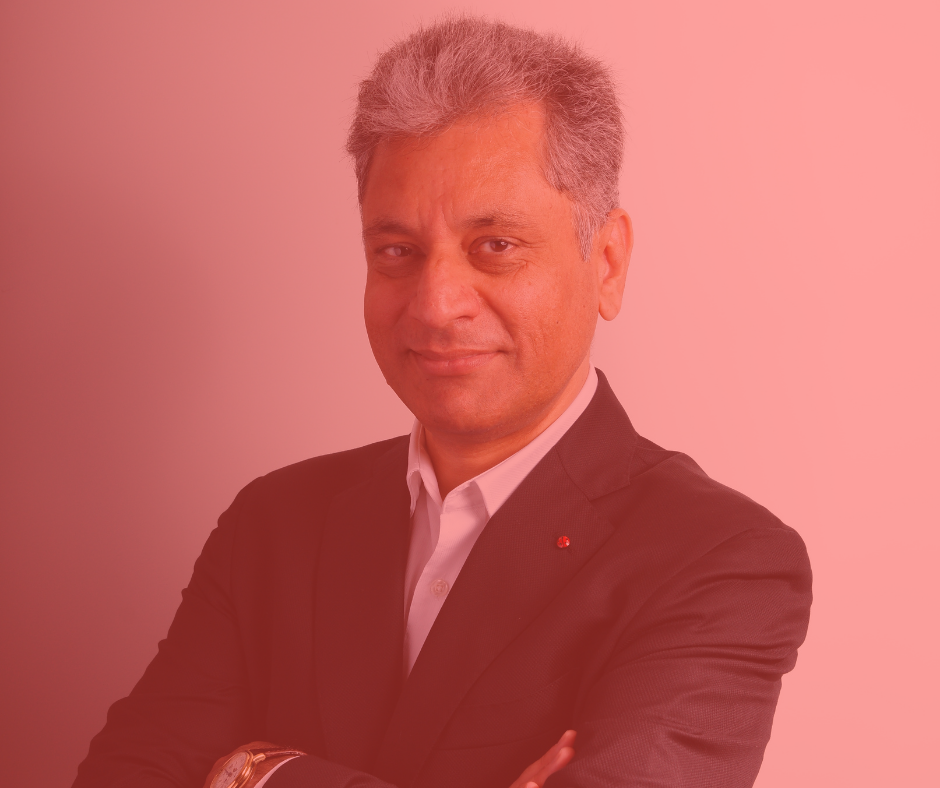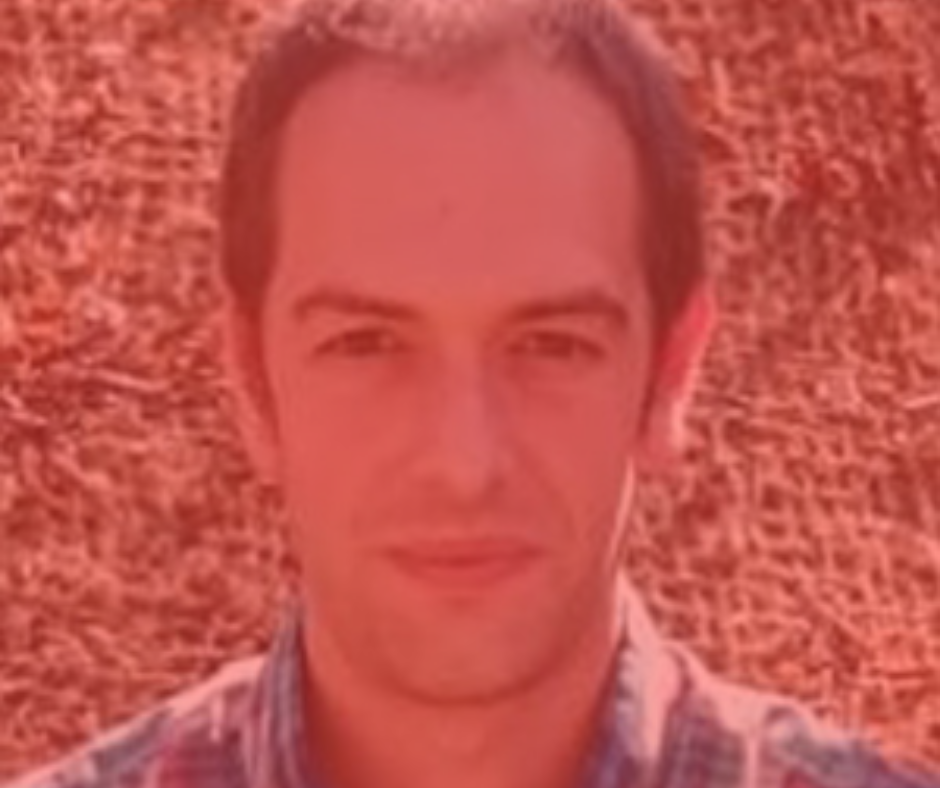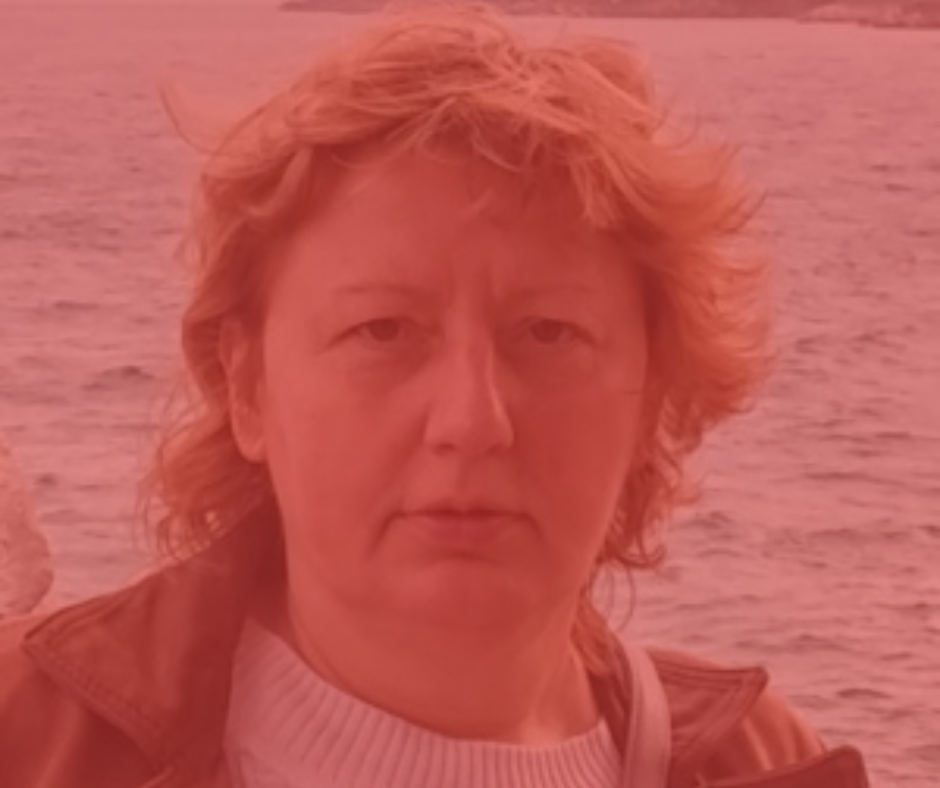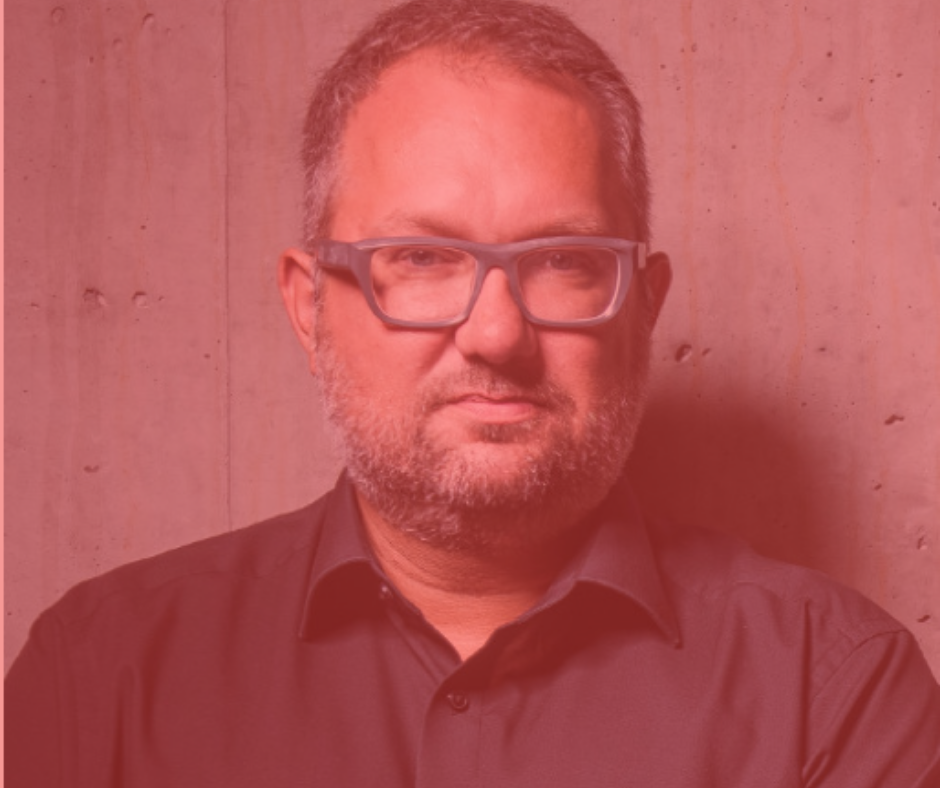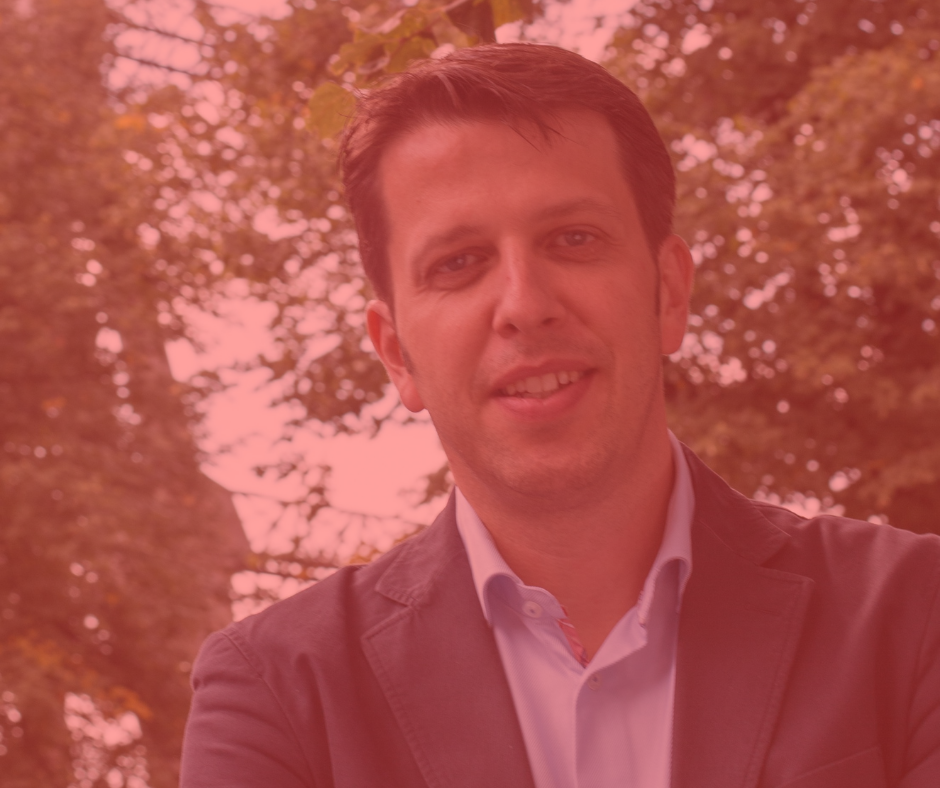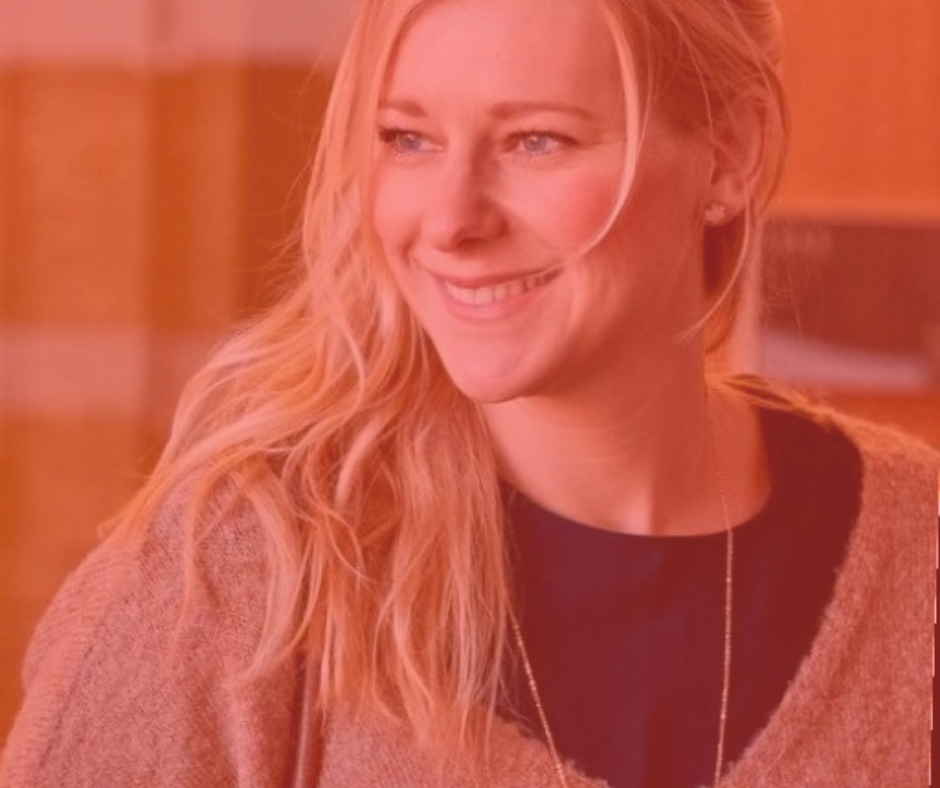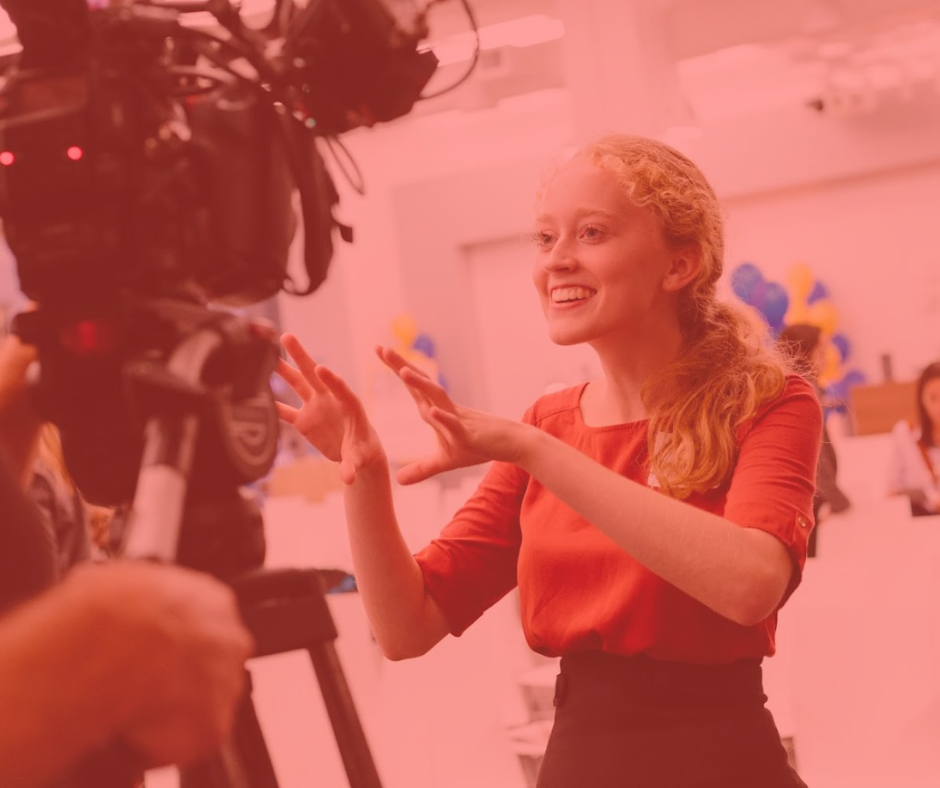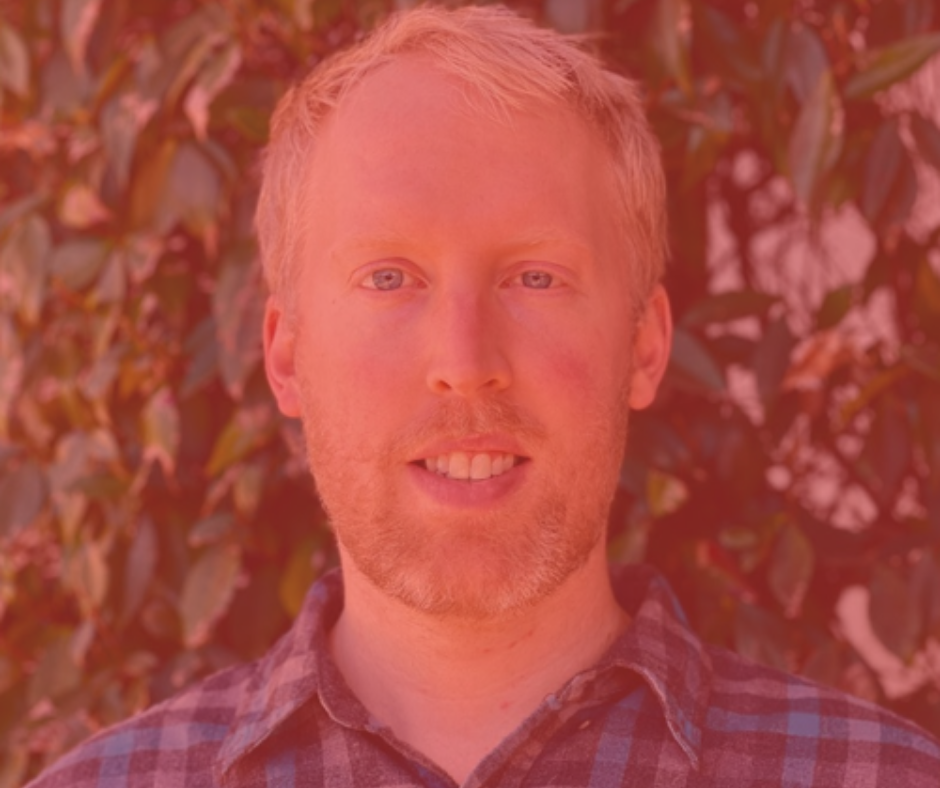Innovation Hall - Posters & Showcase
The Brain Innovation Hall is the place to be in order to showcase and discuss your project and/or innovation with the high-level array of stakeholders attending the Brain Innovation Days. The main vein of the event venue, the Innovation Hall will be where the discussion happens outside of plenary presentations — a spot in the space will be vital to ensure you are visible throughout the two days!
You will also have a chance to discover the Rethinking schizophrenia exhibition, featuring portraits and quotes of people living with schizophrenia and patient advocates sharing their insights on how we can rethink the way we deal with this condition.
Discover the Messy Room
For people living with schizophrenia, cognitive symptoms and memory issues can make it hard to carry out basic daily tasks such as cleaning and organizing their home. In the Innovation Hall, explore the Messy Room, sponsored by Boehringer Ingelheim, to experience what it feels like to walk in their shoes.
Discover the Showcasers & Posters
The Brain Innovation Hall is the place to be in order to showcase and discuss your project and/or innovation with the high-level array of stakeholders attending the Brain Innovation Days. The main vein of the event venue, the Innovation Hall will be where the discussion happens outside of plenary presentations — a spot in the space will be vital to ensure you are visible throughout the two days!
Posters
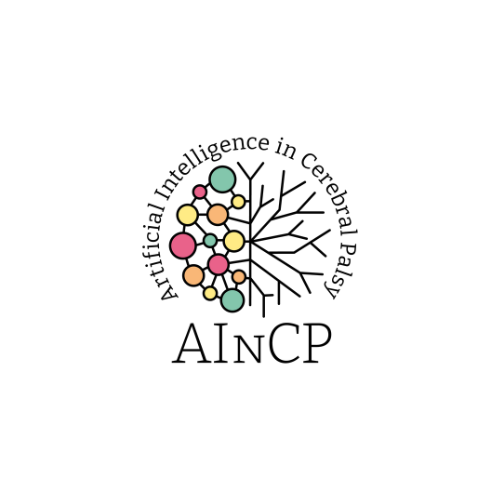
2023 Best Poster
AINCP Project: New Frontiers for the Use of Artificial Intelligence in Unilateral Cerebral Palsy
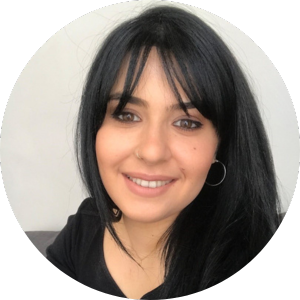
Alexandra Kalkantzi
Neurorehabilitation Research Group (eNRGy), KU Leuven
Keywords: cerebral palsy / neurorehabilitation / neuroimaging / artificial intelligence / action-observation training
Immunoliposome for Detection of Rupture Prone Aneurysms
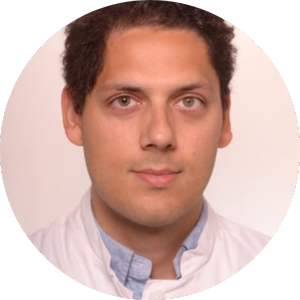
Benham Rezai Jahromi
Keywords: Cerebral aneurysm, imaging, inflammation, intracranial aneurysm, liposome, subarachnoid hemorrhage
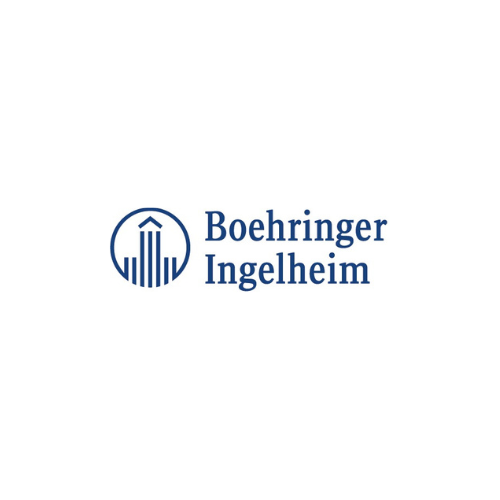
Efficacy and Engagement with a Digital Therapeutic in Patients with Experiential Negative Symptoms of Schizophrenia
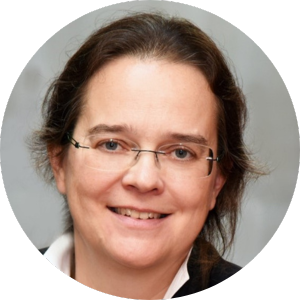
Cornelia Dorner-Ciossek
Boehringer Ingelheim
Keywords: Schizophrenia, Experiential negative symptoms, Digital Therapeutic Clinical Assessment, Interview for Negative Symptoms, Motivation and Pleasure Scale (CAINS-MAP), Mental disorders
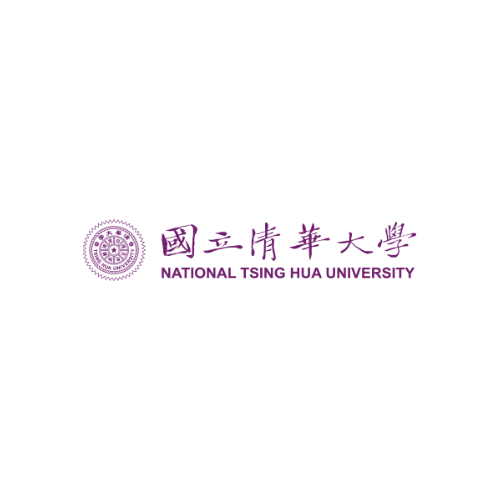
The Development of a Smart Wearable Neuromodulation Device for Diagnosing and Treating Early-Stage Parkinson’s Disease

Hsin Chen
Keywords: Early-stage Parkinson’s disease, Pathological brainwave signature, Closed-loop neuromodulation, Wearable non-invasive device, Preventative brain health
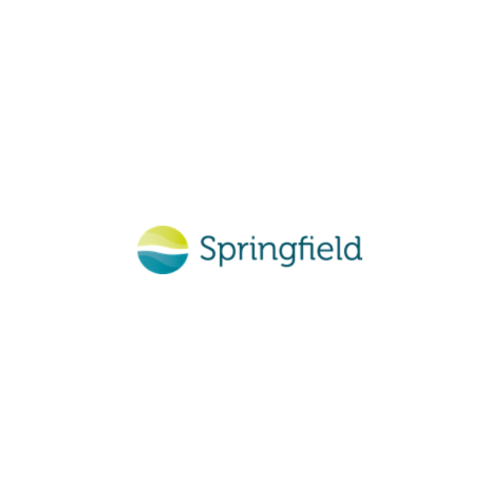
Relevance of Ω-6 Gla Added to Ω-3 Pufas Supplements for ADHD: A Narrative Review

Jelle D'Helft
Springfield Nutraceuticals Belgium
Keywords: ADHD, brain structure and function, omega 3/6, fatty acids (EPA/DHA/GLA), neuro-immune, neuroinflammatory

Mission Lucidity: Decoding Brain Disease

Jenny Ceccarini
Keywords: nanotechnologies, genetic engineering, neurodegeneration, clinical care, collaboration
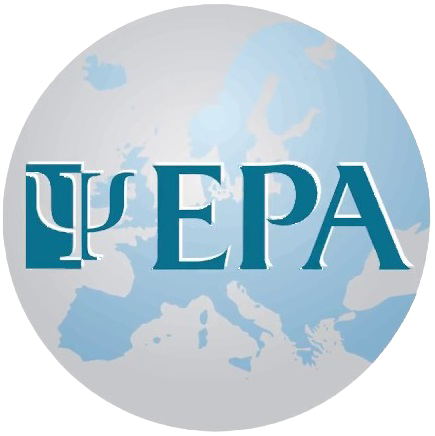
Efficacy and Safety of Iclepertin (Bi 425809) in Patients with Schizophrenia: Connex, a Phase III Randomised Controlled Trial Programme
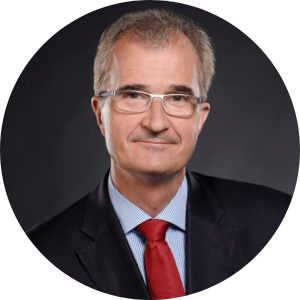
Peter Falkai
European Psychiatric Association
Keywords: Cognitive impairment associated with schizophrenia (CIAS) or schizophrenia, Randomized controlled trial, Pharmacotherapy, MATRICS, Consensus Cognitive Battery (MCCB), Phase III
Exploring the Touch-Brain Mechanism while Using Neurotactile Stimulation in Human
Climate Change and Environmental Awareness: a European working group to study the environmental impact and promote sustainability in Child Neurology
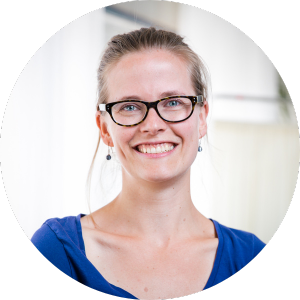
Tessa Wassenberg
Keywords: Climate change, Environmental awareness, Child neurology, Sustainability, Working group

PRIME: Prevention and Remediation of Insulin Multi-morbidity in Europe
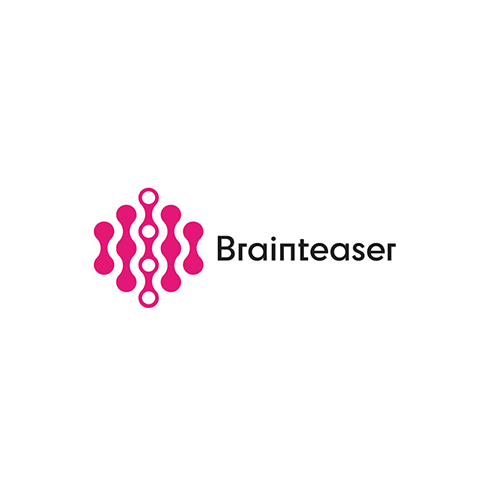
The BRAINTEASER Community of Practice

Estefanía Estévez
Keywords: Community of Practice, Digital Tools, Neurodegenerative Diseases
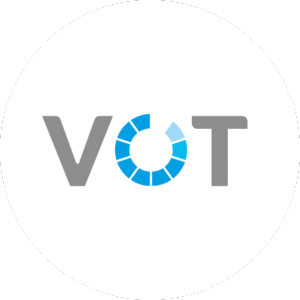
The role of patient representatives in the optimization of Patient Care Pathways at European level: the Phenylketonuria experience
Innovation Showcase
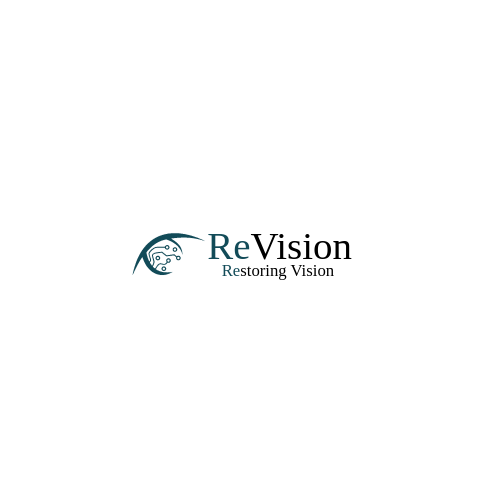
2023 Best Showcase
Artificial Vision for the Blind: A High-Resolution Visual Cortical Prosthesis

ReVision
Keywords: Blindness, Artificial vision, Neural prosthesis, Chronic implant, Cortical stimulation
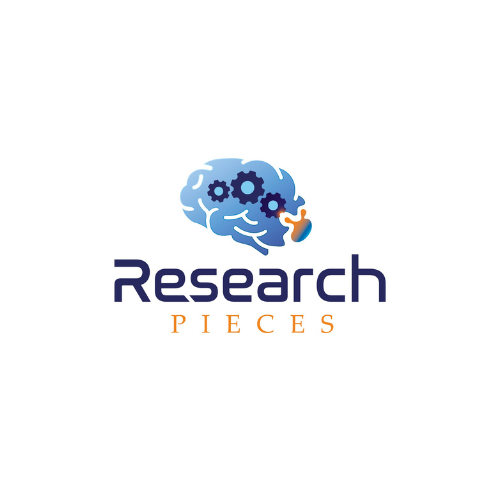
3d-Living Systems to Dissect Molecular Mechanisms to Understand Central Nervous System to Fight Against Neurodegenerative Diseases

Amandine Roux
Keywords: neurodegenerative disease, central nervous system, 3D-living system, molecular mechanisms, Research PIECES

vCreate Neuro – A secure web-application using the power of smartphone video in the diagnosis, management and research of brain disorders
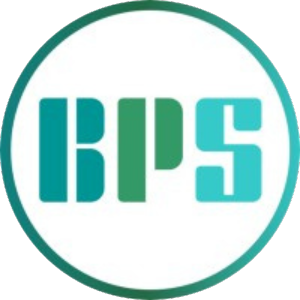
Cloud Neulive: Empowering Ethical and Efficient Research with Lab Animals
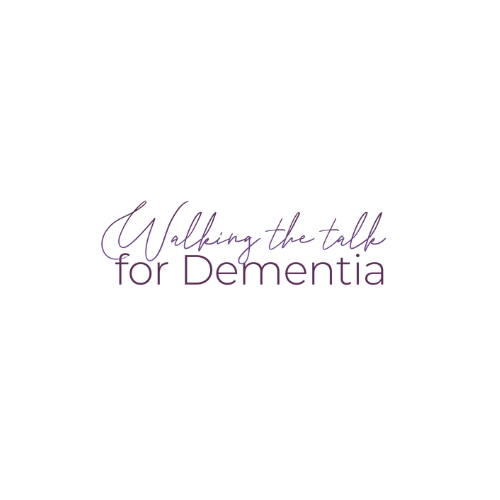
Empowering Individuals, Diversifying Perspectives, and Unifying the Dementia Journey

Fernando Peres
Keywords: Dementia, WTD, WTD2023, WTD24, dementia journey, dementia care, alzheimer’s, lewy body dementia, FTD, vascular dementia
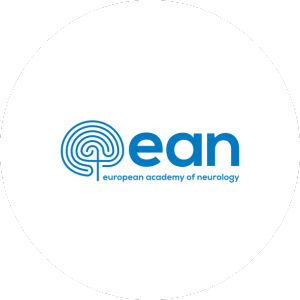
European Academy of Neurology
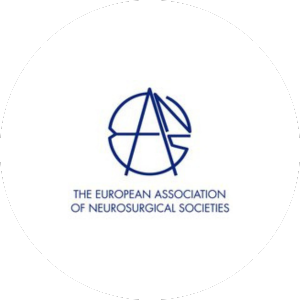
European Association of Neurosurgical Societies
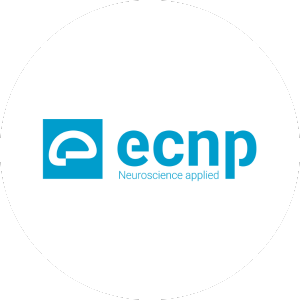
European College of Neuropsychopharmacology
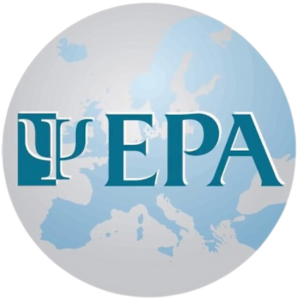
European Psychiatric Association
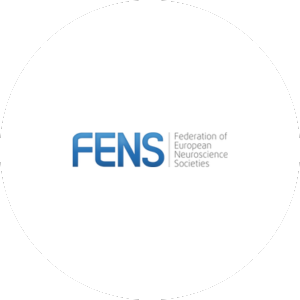
Federation of European Neuroscience Societies
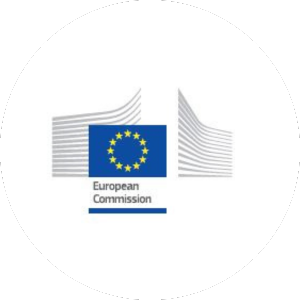
European Health and Digital Executive Agency (HaDEA)
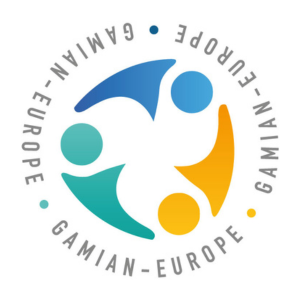
GAMIAN Europe
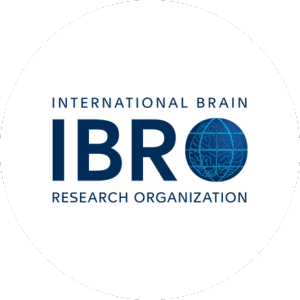
International Brain Research Organization

European Research and Project Office (EURICE)

EURICE
European Research and Project Office (EURICE)
Poster Abstracts & Presenter Biographies

Exploring the Touch-Brain Mechanism while Using Neurotactile Stimulation in Human
XXXXXX
Presented by Swati Banerjee
The brain, being the most complex part of the human body, is fundamental for the process of existence; it is responsible for defining individualities and is the creator of the properties that define humans. One of the main properties of human beings is the integration and perception of various senses necessary for interacting with the environment.
Research focused on answering these questions have found a niche in neuroimaging and neurosciences studies where Electroencephalogram (EEG) emerges as an efficient tool for non-invasive measurements of brain rhythms. These approaches have historically employed visual stimuli and have explored the visual neural pathway. However other modalities of senses, like auditory and even more haptic stimuli has shown to be a challenge in itself when put together, as the decoding of the neural correlates are quite complex to understand in case of two or more sensory pathways. In real life scenario human has to deal with multiple stimuli together and with the advancement of the technology one needs efficient control of the same.
This prompts for the better understand the underlying brain activity in case of involvement of multiple senses. Most of the experiments so far uses only audio-visual cues and the addition of haptics makes it even more interesting to experiment and is a challenge. This multimodality is what we plan to discover with this work and is what makes this technique novel. In this work, our focus is on understanding the integration of information in three neural pathways in the brain while applying Haptics-Audio-Visual (HAV) cues. The novelty arises in two folds: 1. A neuro-physiologically rich EEG database using this new HAV acquisition protocol. 2. Novel and efficient scientific framework transferable to upcoming synthetic technologies simulating real life scenarios.
Mission Lucidity: Decoding Brain Disease
XXXX
Presented by Jenny Ceccarini
Background: More than 50 million people worldwide suffer from neurodegenerative conditions such as Alzheimer’s and Parkinson’s disease, and that number continues to rise dramatically as life expectancy increases. The diseases are devastating for patients and their families, and have enormous socio-economic costs.
The problem/challenge: Over the past decades, scientific research has provided many important insights towards understanding, diagnosing, and treating neurodegeneration, but therapeutic breakthroughs are still lacking. A long history of clinical trial failures has discouraged industry investment, while the need for effective treatments has become a medical emergency.
The objective: To lift the hurdles and roadblocks that are slowing down progress, we need to mobilize state-of-the-art technologies such as nanoelectronics, brain-machine interfaces, single-cell biology and genetic engineering. The solution: In 2018, Mission Lucidity was launched as a joint initiative between VIB, KU Leuven, UZ Leuven and imec. It combines the expertise of best-in-class partners in biomedical research, clinical care and nanotechnology, who share a common vision of a future without neurodegenerative diseases. Our mission is to create new tools to accelerate global scientific discovery and medical progress, transform neurodegeneration research and pave the way for prevention and cures. Our project portfolio addresses major challenges in various stages of neurodegenerative diseases: from screening and risk prediction to better patient cell-based models for research and drug development, early diagnosis based on affordable and sensitive biomarkers, stratification of patients into subgroups for personalised medicine, and non-invasive interventional therapies. Mission Lucidity is a proud member of the European CURE-ND alliance, founded in 2020 together with the UK Dementia Research Institute, the Paris Brain Institute, and the German Centre for Neurodegenerative Diseases.
Graduated as a master’s in computer science engineering at the University of Padua, Jenny obtained a PhD in Biomedical Sciences from KU Leuven in 2012.
During her PhD, Jenny investigated some of the main neurotransmitter systems involved in psychiatric and neurodegenerative diseases using advanced in vivo molecular imaging techniques in a clinical research and applied setting.
After a FWO postdoctoral fellowship in nuclear medicine and molecular imaging at KU Leuven, in 2021 Jenny joined Mission Lucidity as Program Development Officer to strengthen the team with regards to program management, business development and funding initiatives. Mission Lucidity is a unique multidisciplinary partnership between KU Leuven, UZ Leuven, VIB and Imec, connecting pioneering research partners specialized in nanotechnology, biotechnology, biomedical research, and clinical care to transform neurodegeneration research.
Jenny is also an active member of the strategy team of CURE-ND, a new European research alliance between the German Center for Neurodegenerative Diseases (DZNE), the Paris Brain Institute (ICM), the UK Dementia Research Institute (UK DRI), and Mission Lucidity. Together, these partners embrace a joint effort to accelerate the pace of scientific discovery and nurture breakthroughs in the field of neurodegenerative diseases.


The Development of a Smart Wearable Neuromodulation Device for Diagnosing and Treating Early-Stage Parkinson's Disease
National Tsing Hua University
Presented by Hsin Chen
Parkinson’s disease (PD) is the second most prevalent neurodegenerative disorder. As a PD patient starts to exhibit symptoms of motor impairment, more than 508% of dopaminergic neurons in the striatum could have degenerated. Although nuclear-medicine imaging of dopamine transporters or blood test of alpha-synuclein concentration makes it possible to detect the early stage of Parkinson’s disease, the sensitivity and specificity of both methods are still susceptible.
On the other hand, it has been found that 30-50% of the patients with the REM sleep behavioural disorders (RBD) would develop into Parkinson’s disease after five years. Therefore, this study aims to develop a wearable device able to diagnose and treat early-stage PD by non-invasive neuromodulation. Based on extensive preclinical and clinical studies, electroencephalography (EEG) recordings from both RBD/PD animal models and RBD/PD patients have been compared to identify a pathological EEG signature for indicating the development of Parkinson’s disease quantitatively and reliably. The feasibility of using transcranial electrical stimulation to suppress the occurrence of the pathological signature is also verified. Afterwards, a machine-learning algorithm is developed to identify the pathological signature automatically, and the algorithm is realized in a wireless neuromodulator, so as to carry out 24-hr neuromodulation experiments with RBD/PD animal models in different disease stages.
The main objective of neuromodulation is suppressing the pathological signature whenever it occurs. Pilot results have demonstrated that the pathological signature can be suppressed by closed-loop brain stimulation, and the pathogenesis could come from the fact that the sleeping rhythms are distorted by the pathological signatures. The latest experimental results and the prototype of a wearable neuromodulation device will be presented in the conference. All the research findings and device development will pave the way for delaying or even intervening in the development of the PD for RBD patients, and the annual market size is estimated to be more than two billion USD.
Dr. Hsin Chen received his PhD in Electronics from the Edinburgh University, UK in 2004. Afterwards, he joins the EE Dept. of the NTHU and is now appointed as a professor. Hsin has established the Neuro-Engineering Lab focusing on developing (1) novel neuro-electronic interfaces for neural prostheses and neural engineering; (2) neuromorphic algorithms and realising the algorithms as stochastic very-large-scale-integration (VLSI) microsystems; (3) bio-mimetic systems for advanced research in neuroscience. The latest research findings have been translated into two clinical applications: (1) the batteryless, implantable microsystem for investigating the mechanisms of the deep-brain stimulation; (2) the electronic nose for smelling out pneumonia infection. All these research results have been recognised by three National Innovation Awards, three MXIC Golden Silicon Awards, and Many Chip Design Awards. Moreover, to promote related research and international collaborations, Hsin has organised 11 International Workshop on Bio-inspired Systems and Prothetic Devices (BioPro) during 2009~2023. Hsin and his interdisciplinary collaborators further co-founded BioPro Scientific in 2018 Mar., using innovative and life-respectful technologies to accelerate brain research, and subsequently to improve brain health and the treatments for neural disorders. He received the Outstanding Young Researcher Award from the Taiwan Integrated Circuit Design (TICD) society in 2013, and Outstanding Young Researcher Grant during 2016~2019. He was invited as a visiting scholar in the Bordeaux Uni. in France in 2008, in the University d’Evry in France in 2011, and in the Inst. of Neuroinformatics, University of Zurich in Switzerland in 2014. Finally, Hsin Chen is a member of the IEEE, the IEEE EMB, the IEEE CaS, and the TICD societies.
Relevance of Ω-6 Gla Added to Ω-3 Pufas Supplements for ADHD: A Narrative Review
Springfield Nutraceuticals Belgium
Presented by Jelle D'Helft
The use of polyunsaturated fatty acids in Attention-Deficit/Hyperactivity Disorder (ADHD) and developmental disorders has been gaining interest with preparations containing different dosages and combinations. Gamma-linolenic acid (GLA) is an ω-6 fatty acid of emerging interest with potential roles as an adjuvant anti-inflammatory agent that could be used with ω-3 PUFAs in the treatment of ADHD and associated symptoms. A narrative review was undertaken to examine the potential role(s) of the ω-6 fatty acid GLA. PubMed, Google Scholar, and Scopus were searched to examine the potential role(s) of the ω-6 fatty acid GLA as (1) an antioxidant and anti-inflammatory agent, (2) a synergistic nutrient when combined with ω-3 PUFAs, and (3) a potential etiological factor in ADHD and its treatment. The results show that GLA exerts anti-inflammatory effects by increasing dihomo-gamma-linolenic acid in immune cells. ω-3 PUFAs, such as EPA and DHA, are often co-administered with GLA because these ω-3 PUFAs may prevent the accumulation of serum arachidonic acid in response to GLA administration without limiting the storage of DGLA in immune cells. The administration of ω-3 PUFAs alone might not be sufficient to effectively treat patients with ADHD and developmental disorders. Overall studies point towards a combination of EPA and DHA with GLA in a 9:3:1 ratio appearing to be associated with ADHD symptom improvement. A combination of PUFAs may lead to better outcomes.
Jelle D’Helft has been professionally active within the world of nutraceuticals for more than 20 years and has a special interest in the role of polyunsaturated fatty acids, including the well-known omega 3 and 6 fatty acids, on our (mental) health and neurological development.
He is also the lead author of a new Belgian scientific review article, which compared and re-evaluated relevant clinical study results with omega 3 and 6 fatty acids in ADHD.
This peer-reviewed article has been published in the journal ‘Nutrients’ as part of the special issue ‘Nutrition in Brain, Cognitive and Psychological Health’ and is available online.
Click here to access the article


Efficacy and Engagement with a Digital Therapeutic in Patients with Experiential Negative Symptoms of Schizophrenia
Boehringer Ingelheim
Presented by Cornelia Dorner-Ciossek
Background: Negative symptom severity is linked to real-world functioning in schizophrenia and is a key driver of the burden associated with the disorder. No US FDA–approved pharmacotherapy for schizophrenia adequately addresses experiential negative symptoms (ENS). Digital treatments for schizophrenia may be a feasible resource for evidence-based care, given ubiquitous smartphone ownership. However, few digital therapeutics have been evaluated in schizophrenia.
Aim: To evaluate an abbreviated, beta version of a digital therapeutic (study app) for ENS to inform further development before additional efficacy and safety testing.
Methods: This multicentre, exploratory, 7-week, single-arm study included adults with a diagnosis of schizophrenia and self-reported negative symptoms (score of ≤30 on the Motivation and Pleasure-Self Report) on a stable dose (≥12 weeks) of antipsychotic medication. Eligible participants were ≥18 years of age and had on-demand access to the study app; engagement was measured throughout the study. The severity of ENS was assessed with the Clinical Assessment Interview for Negative Symptoms Motivation and Pleasure Scale (CAINS-MAP) at baseline and end of study (EOS).
Results: Of 50 enrolled adults, 43 (86%) completed the study, most were male (80%), non-white (70%) and without college education (64%). Participants were 22–64 years of age (mean [SD]: 48.1 [12.4] years). Participants opened the app on 77% of the 49 study days (mean [SD]: 37.8 [15.4] days) and engaged in a mean (SD) of 42 (19.6) sessions for ≥60 seconds. A significant reduction (p=0.004) in CAINS-MAP scores was evident after 7 weeks at EOS (mean [SD]: 16.8 [7.8]; n=43) versus baseline (20.2 [8.6]). There was no association between baseline ENS and the number of completed sessions. There were 3 adverse events; none were considered serious or related to study-app use.
Conclusions: This exploratory study in patients diagnosed with schizophrenia demonstrated that study-app use significantly reduced ENS, as measured by CAINS-MAP. The severity of baseline ENS did not correlate with the intensity of study-app engagement. The observed clinical efficacy alongside the benign safety profile encourage advancing this asset into late-phase clinical development. These findings highlight the potential of digital therapeutics to treat severe mental disorders. Funding: Boehringer Ingelheim.
Dr Cornelia Dorner-Ciossek is the Digital Health Lead at Boehringer Ingelheim International GmbH and oversees the Mental Health therapeutic area. Cornelia is also the Asset Lead for a prescription digital therapeutic in schizophrenia at Boehringer Ingelheim International GmbH. Before Cornelia’s current roles, Cornelia was the Director of CNS Discovery Research and a Research Project Leader for several projects that delivered multiple pharmaceutical agents into clinical development for the treatment of Alzheimer’s disease, schizophrenia and major depressive disorder.
Before joining Boehringer Ingelheim, Cornelia completed her PhD in the field of molecular and cellular biology and signal transduction at the Max-Planck-Institute of Biochemistry, Germany, and the University of Tübingen, Germany. She later went on to become a postdoctoral scientist across several fields, including signal transduction, neurobiology, prion proteins and Creutzfeldt-Jakob disease at the Institute of Neuropathology, University of Göttingen, Germany.
Cornelia has published >30 pre-clinical and clinical peer-reviewed articles on CNS function and disease, and is listed as an inventor on >50 patents.
Efficacy and Safety of Iclepertin (Bi 425809) in Patients with Schizophrenia: Connex, a Phase III Randomised Controlled Trial Programme
European Psychiatric Association, Board Member of the European Brain Council
Presented by Prof. Peter Falkai
Background: Cognitive impairment associated with schizophrenia (CIAS) is a core feature of the disease. Currently, there are no pharmacotherapies approved for CIAS. Iclepertin (BI 425809), a novel glycine transporter-1 inhibitor, enhances N-methyl-D-aspartate receptor signalling in the brain; it is well tolerated and significantly improves cognition in patients with schizophrenia, based on a Phase II, proof-of-clinical-concept trial (NCT02832037; N=509).
Objective: The Phase III CONNEX programme aims to confirm the efficacy, safety and tolerability of iclepertin in improving CIAS and functioning.
Methods: CONNEX consists of three replicate randomised, double-blind, placebo-controlled, parallel-group trials in patients with schizophrenia stable on antipsychotic treatment. Each trial aims to recruit ~586 patients, 18–50 years old, treated with 1–2 antipsychotic medications (≥12 weeks on current drug; ≥35 days on current dose prior to treatment), who have functional impairment in day-to-day activities and interact ≥1 hr per week with a designated study partner. Patients with cognitive impairment due to developmental, neurological or other disorders, or receiving cognitive remediation therapy within 12 weeks before screening, will be excluded. Participants will be recruited from 42 countries in Asia, Australia, New Zealand, North America, South America and Europe, and randomised 1:1 to receive either oral iclepertin 10 mg (n=293) or placebo (n=293) once daily over 26 weeks. The primary efficacy endpoint is change from baseline in the MATRICS Consensus Cognitive Battery overall composite T-score. Secondary efficacy endpoints include change from baseline in Schizophrenia Cognition Rating Scale total score and in the adjusted total time in the Virtual Reality Functional Capacity Assessment Tool. Long-term safety and tolerability will be investigated in an open-label safety extension study (CONNEX-X).
Results: The studies are recruiting (enrolment began in Aug–Sept 2021), with completion expected in Quarter 1 of 2025. Here we present an overview of the current study status.
Conclusions: The demonstration of efficacy of iclepertin in improving cognition in this CONNEX programme would provide insight into the role of glutamate in cognitive symptoms, which may have relevance for other cognitive disorders. Iclepertin may represent the first efficacious medication for cognitive impairment associated with schizophrenia. Funding: Boehringer Ingelheim (1346-0011, NCT04846868; 1346-0012, NCT04846881; 1346-0013, NCT04860830).
Prof. Falkai has been working in the field of psychiatry for 30 years. He holds the position of Chair of the Department of Psychiatry and Psychotherapy of the University of Munich. His main research interest is focused on the neurobiology of psychotic disorders, namely schizophrenia.
He also has been leading multidisciplinary teams of researchers, allowing the use of techniques ranging from functional imaging to gene expression in human post-mortem-tissue.


Climate Change and Environmental Awareness: a European working group to study the environmental impact and promote sustainability in Child Neurology
XXXX
Presented by Tessa Wassenberg
Background/challenge: Climate change is happening right now and is in the center of brain ecosystem in the 21st century as it affects everyone. Climate change is linked directly and indirectly to several health issues that are more pronounced in low-income countries, in people with low socio-economic status, and in people with chronic and disabling conditions. It will continue to have a severe impact on future generations if no action is taken.
Objective: As scientists, we feel the urge to spread awareness among the general population, and to persuade stakeholders on the necessity (and opportunities) to tackle climate issues for the sake of our planet and public health. As clinicians, we need to promote our healthcare systems resilience and prevent climate-change related morbidity and mortality. As informed citizens, we must discourage inaction and promote engagement on environmental issues, at different levels: personal, social, financial, educational, political, medical and economical.
Method: The Young European Pediatric Neurology Society (Young EPNS), strongly supported by the EPNS board, have created the new “Climate change and environmental awareness Working Group”. Our aim is to educate on climate change-related health issues and promote positive actions for the reduction of carbon emissions, damage mitigation, and adaptation plans within the field of Pediatric Neurology.
Solutions: The group’s current action plan includes: networking with other scientific Societies and Groups for Climate defense (e.g. ILAE Climate change commission), performing literature reviews and promoting multicenter studies on climate change-related health issues, estimating the Society’s carbon footprint (i.e. website, newsletters and in-person events) and foreseeing emissions compensation (e.g. with carbon credits), fostering sustainable alternatives for the biannual EPNS Congress like reducing paper use, proposing plant-based menus and discouraging international flights (e.g. hybrid in person and web-based congress, and easily-accessible-by-train locations).
Perspectives: The interaction with other Societies, patient or industry representatives that are interested in environmental awareness and in collaborating to promote innovative climate change projects to protect Brain health is in the center of our action plan. Climate change is everyone’s problem and game changing solutions need the effort of many.
Dr. Tessa Wassenberg works as a child neurologist with a special interest in neurometabolic disorders and movement disorders in UZ Brussel, Belgium. After completing her training as neurologist in Radboudumc Nijmegen, the Netherlands in 2018, she moved to Belgium for a fellowship in child neurology and metabolic disorders. She completed her PhD on monoamine neurotransmitter disorders at the Radboud University in 2021. She joined the Young EPNS (European Paediatric Neurology Society) committee in 2021, where she advocates for the interests of young pediatric neurologists in Europe, and is active in the YEPNS working group for Climate Change and Environmental Awareness.
AINCP Project: New Frontiers for the Use of Artificial Intelligence in Unilateral Cerebral Palsy
Neurorehabilitation Research Group (eNRGy), KU Leuven
Presented by Alexandra Kalkantzi
Background: Unilateral cerebral palsy (UCP) is the most frequent cause of childhood disability, with a significant burden on children, their families and the health care system. The disorder is caused by antenatal or perinatal insult to the developing brain and leads to sensorimotor deficits predominantly one side of the body, with a more prominent, yet very heterogeneous manifestation in the upper limb, compromising the child’s self-independence and life quality.
Challenge: The severity of the upper limb functionality and the underlying brain injury is highly variable, making personalized medicine necessary.
Objective: The use of Artificial Intelligence (AI) is opening new frontiers in the prediction of functionality outcome in UCP. Therefore, this project aspires the development of evidence-based clinical Decision Support Tools (DST) for personalized functional diagnosis, upper limb assessment and home-based intervention for children with UCP, by developing, testing and validating AI and cost-effective strategies.
Method: This is a Horizon-Europe project that will be achieved with a multicenter observational study followed by a randomized controlled trial. At first, 200 children with UCP and 200 typically developing children will be recruited in Italy, Belgium and Spain and will be evaluated with multiaxial clinical assessments, advanced brain imaging and real-life monitoring of upper limb function. This data will be analysed with AI algorithms to identify the best biomarkers that distinguish one participant from another, leading to the creation of a diagnostic DST. In the second phase, the use of AI and BigData technologies will offer the combination of a personalized Action-Observation Training via telehealth, and brain functional approaches (functional and diffusion MRI, functional MRI-guided tractography, high density Electroencephalography) to guide the creation of a precise rehabilitation DST. The best predictor biomarkers integrated in the diagnostic DST and the clinical measurements will be incorporated, by means of deep- and machine learning techniques.
Impact: Using data driven and AI approaches, diagnostic and rehabilitative DST will be combined for developing a theranostic DST that will allow the re-designing of an economical, sustainable decision-making process for delivering a personalized and validated approach, focused on the care, monitoring and rehabilitation of upper limb in children with UCP.
Alexandra Kalkantzi is a physiotherapist with a Master’s degree in Pediatric Physiotherapy. She is clinically experienced in children with neurological disorders. Currently, she is pursuing a Ph.D. in Pediatric Neurorehabilitation at KU Leuven, Belgium and is affiliated with the Child & Youth Institute of KU Leuven. Her research interests lie in the areas of unilateral cerebral palsy, upper limb function and neurorehabilitation and executive functions. Within her Ph.D., she is actively working on the AINCP project as part of the clinical team of KU Leuven.
AINCP is a Digital Health project funded by the European Union and led by University of Pisa. The project will be carried out by a big consortium of academic partners (University of Pisa, KU Leuven-Belgium, UCLM-Spain, SSSA-Italy, University of Queensland-Australia, University of Salento-Italy) and non-academic partners (Fondazione Stella Marris-Italy, FightTheStroke-Italy, Tyromotion-Austria, Noldus Information Technology-Netherlands, Khymeia-Italy).
In the first phase, the project aims to establish a clinical diagnosis and accurate prognosis for treatment response of individual unilateral cerebral palsy profiles, by employing a multimodal approach including clinical phenotyping, advanced brain imaging and real-life monitoring of upper limb function. In the second phase, AINCP aspires to provide personalized home-based treatment, from advanced Information Communication Technologies and Artificial Intelligence technologies. This project uses a multidisciplinary approach, where all project collaborators (clinicians, data scientists, physicists, engineers, economists, ethicists, small medium-sized enterprises, children and parent associations) will work closely together in building the solution.


Immunoliposome for Detection of Rupture Prone Aneurysms
XXXXXX
Presented by Benham Rezai Jahromi
Background: It is estimated that significant (3,2%) of population carries intracranial aneurysm (IA). An increasing number of imaging studies have caused that the chance of finding an incidental aneurysm is becoming more common. Since IA rupture causes subarachnoidal hemorrhage (SAH) and have significant mortality and morbidity prophylactic treatment should be considered when IA is detected. The benefit and risk of treatment of IA is based on epidemiological estimate which takes account patient and aneurysm characteristics. However we know that aneurysm rupture is biological process where inflammation of aneurysm wall is actively leading to degeneration of aneurysm wall and finally weakens it until it bursts. Until now there have not been imaging method to detect inflammatory process of aneurysm wall.
Methods: We created targeting immunoliposome for use in the imaging of aneurysm. Immunoliposome comprises antibodies against at least one vascular inflammatory marker associated with aneurysm inflammation and a label and/or a contrast agent.
Results: In histological analysis of IAs where immunoliposome comprises antibodies against vascular inflammation with a label shows promising results for selectively detecting aneurysms inflammation. In magnetic resonance imaging (MRI) we were able to detect immunoliposomes carrying gadolinium. Conclusion: Our work open a new avenue for using contrast labeled immunoliposomes for detecting rupture prone aneurysms. Immunoliposomes can cary gadolinium and selectively bind to inflammatory section of aneurysm that can be detected with MRI. Further research is needed to develop immunoliposomes to be used with MRI in humans to target treatment to those patients who benefit from it the most.
Dr. Rezai Jahromi is from Helsinki University Hospital Department of Neurosurgery and Interventional Neuroradiology specilizing in neurovascular diseases. He is an active surgeon-scientist in the field of hemorrhagic stroke. Dr. Rezai Jahromi has published more than 100 papers and more than 20 book chapters on intracranial aneurysms, AVMs, CCMs, and spontaneous ICH. His studies include large epidemiological investigations, basic pathogenesis of hemorrhagic stroke and large international randomized clinical trials. He has been granted multiple patents related to treating and imaging aneurysms and ICH patients.
He is PI of ARCH Trial on IVH patients and VASH trial on SAH patients. Currently he works o detecting rupture prone brain aneurysms via immunoliposomes
Cerebral aneurysm, imaging, inflammation, intracranial aneurysm, liposome, subarachnoid hemorrhage
The BRAINTEASER Community of Practice
BRAINTEASER
Presented by Estefanía Estévez
The BRAINTEASER Community of Practice is a collaborative space for people with multiple sclerosis (MS) and amyotrophic lateral sclerosis (ALS), their clinicians, caregivers, and the general public who are interested in using artificial intelligence and other digital tools to help manage these neurological conditions. This community aims to offer a place to share the latest advances, trusted knowledge directly supervised by MS and ASL clinical experts and researchers, and insights to provide a comprehensive and practical toolkit of resources and content for all. Chronic neurological disorders involve a progressive or intermittent deterioration of various neurological functions, including motor skills, sensory perception, vision, and cognition. The complexity of these rare conditions and the lack of awareness about the use of digital tools in healthcare drives to a scarcity of specific knowledge in this field. In an era when we are surrounded by multiple sources of information and can be difficult to identify which sources to trust, the BRAINTEASER Community offers validated content in a publicly available space where specific and trustable information from different perspectives is shared. The BRAINTEASER Community is organized into four sections: (1) General knowledge contains short pills of information about the most recent advances in the applicability of new technologies, data sources, big data, and AI-based resources in novel treatments, clinical trials, and digital solutions for MS/ALS management. (2) Public activities allow to find available activities related to MS and ALS, such as fundraising events and workshops. (3) Clinical advice includes rehabilitation exercises, tips, and lifestyle recommendations approved by medical professionals. Finally, the (4) personal stories section shows interviews with clinical experts, patients, caregivers, and members of patient associations. This Community is an initiative of the BRAINTEASER project, and now doors are open to welcome everyone to contribute to this digital space: https://brainteaser.health/community-of-practice/
Will you join us?
Community of Practice, Digital Tools, Neurodegenerative Diseases
Dr. Estefanía Estévez is a telecoms engineer from Universidad Carlos III of Madrid (UC3M), specialized in image and signal processing, and MSc in Biomedical Engineering from Universidad Politécnica de Madrid (UPM). She defended her Ph.D. thesis in Biophysics–Neuroscience at the University of Barcelona (UB) in 2019. This research work was focused on the assessment of resilience mechanisms and functional maturation in rodent and human-derived neuronal networks, and the development of novel in vitro protocols applying state-of-the-art technologies.
She is currently working at Life Supporting Technologies Group (UPM) as a senior researcher, collaborates and leads technical teams in international research projects in the fields of Neuroscience (Brainteaser – H2020), Cancer (BD4QoL- H2020, SuperTreat – ERA PerMed), and Cognitive Robotics (Human Brain Project SGA3), using artificial intelligence and eHealth-based approaches to address medical and social needs.
She has published several articles in peer-review journals, has participated in many international conferences, and holds a strong affinity for science dissemination strategies.


PRIME: Prevention and Remediation of Insulin Multi-morbidity in Europe
On behalf of the PRIME Consortium
Presented by Barbara Franke
Dysregulation of insulin signalling is well-known for its role in somatic diseases, especially diabetes mellitus, obesity, and related cardiometabolic diseases. Insulin signalling-associated diseases are mostly chronic and with limited/absent curative treatments. Together, such diseases currently affect over 20% of the population, with a rising trend, and they are associated with over 1.2 trillion US $ in global healthcare costs annually.
Recently, dysregulated insulin signalling has also been implicated in Alzheimer’s disease. In addition, as part of the EU FP7-funded TACTICS project (grant agreement 278948), we found that obsessive-compulsive disorder, a neurodevelopmental mental disorder, also involves insulin dysregulation. Based on those findings, we now investigate the extent of insulin involvement in brain disorders and the underlying biological mechanisms in the Horizon 2020-funded PRIME project (grant agreement 847879). Using the presence of diabetes mellitus type 2 (DM2) as a sensor for dysregulated insulin signalling, we found comorbidity with a broad spectrum of brain disorders, from eating disorders to schizophrenia, epilepsy and inflammatory brain diseases. Using the large Danish population registers, we found that the risk for several brain disorders more than doubled in the presence of DM2 (Wimberley et al., 2022). The association between DM2 and ADHD was confirmed and extended to other cardiometabolic diseases based on collaborative work with the Horizon 2020-funded TIMESPAN consortium (grant agreement 965381; e.g., Li et al., 2022). Delving into the mechanisms underlying the shared risk between insulin-related somatic diseases and all these mental disorders, we found robust genetic overlap between them, confirming heritable origins (Fanelli et al., 2022).
Extrapolating our findings and those of others, it is clear that diseases characterized by dysregulation of insulin signalling present an even higher health, societal, and economic burden than previously thought. There is a clear need for actions to increase public awareness and understanding about the comorbidity of somatic and mental insulin-dysregulation diseases and the consequences of metabolic disease for cognitive deterioration. In addition, we call for longitudinal research and the development of biomarkers to enable improved risk screening, early diagnosis, and stratification of individuals for personalized prevention and intervention.
Barbara Franke is Professor of Molecular Psychiatry at Radboud University in Nijmegen, The Netherlands. She is the head of the Department of Cognitive Neuroscience at Radboud University Medical Center (Radboudumc). Barbara is one of the internationally leading scientists in the field of biological psychiatry; international collaboration and team science are a strong motivator for her. She leads several international consortia in the field of research into psychiatric conditions and their comorbidity, including the Horizon 2020-funded PRIME consortium. She is also a member of the Coordinating Committee of the Psychiatric Genomics Consortium (PGC) and the co-leader of PGC’s ADHD Working Group, a member of the Board of Directors of the International Society for Psychiatric Genetics (ISPG), the founder and leader of the International Multicenter persistent ADHD Collaboration (IMpACT) and the ECNP Network ADHD across the lifespan, and a cofounder of the international ENIGMA Consortium on neuroimaging and brain genetics and the senior-lead of the ENIGMA ADHD Working Group. She holds honorary professorships at the Goethe University in Frankfurt, Germany, and at Aarhus University in Denmark.
Barbara is a molecular biologist and geneticist by training. She studies the biological contribution to neurodevelopmental conditions, especially ADHD, and their mental and somatic comorbidities in children and adults. Beyond gene-finding, she uses complementary approaches (bioinformatics, cell-based and small animal models, and neuroimaging genetics) to map biological pathways from gene to behaviour and disease. It is her goal to make biological information useful for improving the diagnosis, monitoring, and treatment of psychiatric conditions and to contribute to their re-conceptualization.
The role of patient representatives in the optimization of Patient Care Pathways at European level: the Phenylketonuria experience
The Value of Education
Presented by Vinciane Quoidbach
Vinciane Quoidbach is Research Project Manager – Public Health and Policy for the Value of Treatment for Brain Disorders Study at the European Brain Council. Vinciane holds a Master Degree in Hospital and Healthcare Management from Solvay Brussels School of Economics and Management and a Postgraduate Diploma in Public Health Management from Manchester Business School. She also holds a Master Degree in Political Sciences and European Studies from University of Antwerp. Prior to this position, Vinciane worked in both public and private sector, at national and international level. She served the Belgian Federal Public Service Health, and the Federal Minister of Health Cabinet as Advisor in charge of public health policy and regulations development in the area of Cancer, Chronic Diseases and Rare Diseases as well as the Biopharmaceutical Company AbbVie as Health Initiatives Manager. She also worked for the World Health Organization in Geneva, Swizterland as Technical Officer, Non communicable diseases and mental health cluster and the United Nations Development Programme in Pretoria, South Africa as Technical Officer, Social development department). Vinciane is also a staff member at the Belgian Centre for Evidence-Based Medicine (CEBAM) at KULeuven.

Innovation Showcase Company Profiles
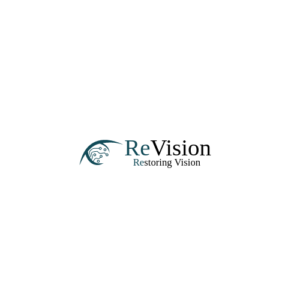
ReVision
Artificial Vision for the Blind: A High-Resolution Visual Cortical Prosthesis
Presented by Frederik Ceyssens
Blindness affects 40 million people worldwide, but it remains a huge unmet medical need. Apart from the clear impact on blind people’s health, this often also excludes them from participating in everyday life. At this point, there is no technological solution to restore vision that works well enough to be useful in most practical situations.
ReVision Implant is developing a world’s first visual cortical prosthesis that will allow to restore practically useful vision and re-integrate these people into society. To develop this implant, we have strong ongoing collaborations with the Department of Electrical Engineering of KU Leuven, the Department of Neuroscience at the university hospital, various partners across Europe in the context of the EIC Pathfinder grant Hyperstim, and patient organizations such as the Braille Liga.
ReVision Implant is actively working towards an implantable prototype that can be used for first-in-human tests. Currently, we are at the stage of non-human primate studies. We were able to implant hundreds of ultra-flexible, intracortical microelectrodes in the visual cortex. These electrodes are only as thick as a neuron, to reduce irritation and scar tissue formation. They have a proven in vivo lifetime of over 2 years and use for recording and stimulation.
Our ongoing research efforts include the following: (1) extension of the implant lifetime to beyond 10 years, while preserving ultra-high flexibility and biocompatibility, (2) the use of advanced stimulation patterns to increase the resolution of our visual prosthesis by an order of magnitude beyond the number of physically implanted electrodes, from about 1000 to 10 000, and (3) the development of a fully implantable electronic system, including high-bandwidth wireless data and power transfer, and an application-specific integrated circuit for stimulation of the visual cortex. The technological results we have already obtained are already useful for a wide range of long-term neural recording and stimulation applications. The first generation of the visual prosthesis will allow streaming video images of about 10 000 pixels in real-time into the brain, and will allow blind patients to navigate through buildings, read text with large letters, and even recognize faces from those around them.
Frederik obtained academic degrees in micro-electronics engineering and medicine. In 2004, he joined the group of prof. Puers at ESAT-MICAS (KU Leuven, Belgium) as a research assistant, focusing on micromachining process development, polymer MEMS and microfluidics. After obtaining the PhD degree, he obtained a prestigious research fellowship of the FWO, which allowed him to focus on researching neural implants for interfacing with the brain at high resolution.
From 2017 – summer 2020 he was research expert on micro- and nanofabrication technology at the newly founded KU Leuven Nanocentre. He was also instrumental in expanding the lab through attracting new collaborations and grants for a total of over 10 million €.
He is a visiting researcher at the MNS group and at the NERF institute (Neuroelectronics Research Flanders, Imec, Belgium). Frederik is (co)author of over 100 papers that appeared in peer-reviewed journals and international conference proceedings, has over 1500 citations and a h-index of 21 according to Google Scholar. He is also co-founder and board member of LIMNI, the Leuven Institute for Micro- and Nanotechnology.
Currently, he is CEO and co-founder of Revision Implant, a start-up company developing the first high resolution visual prosthesis. He is also CTO and co-founder of Keylika, which focuses on metallorganic drugs and co-optimised delivery technologies with a first application in resolving iron deficiency, and a alumnus of YC S2022.
BioPro Scientific
Cloud Neulive: Empowering Ethical and Efficient Research with Lab Animals
Presented by Ting-Yun Yen
BioPro Scientific is co-founded in Taiwan by an interdisciplinary group of researchers and industrial leaders in neuroscience, material science, electrical engineering, physics, micromachining, and computer science. Our mission statement is to advance technologies, discover science, and change lives. Through integrating biochip design, device miniaturization, and IoT connection, we create better solutions for scientists, supporting you to discover and develop technologies that will improve worldwide healthcare and life quality.
As brain research and the development of novel treatments for neural disorders unavoidably demand extensive in-vivo studies with animals, animal welfare has attracted more and more attention globally, posing a great challenge to the research community seeking new drugs and treatments. To address this issue, we have developed a novel system for neuroscience researchers, called “Cloud NeuLive”, which enables researchers to investigate novel neuromodulation strategies with minimal interference with animals’ natural behaviour.
The “Cloud NeuLive” consists of two core elements. The first is a wireless, multi-channel, multifunctional device, called NeuLive. This device is capable of capturing physiological signals, including electroencephalography, electrocardiography, local field potentials, and even neuronal spikes, from multiple freely-moving animals simultaneously. The device is also able to modulate neural activities by electrical or optical stimulation. NeuLive is exceptionally user-friendly for individual researchers because NeuLive™ further facilitates online monitoring of acquired data and enables remote and real-time control of experimental parameters from anywhere in the world. The second core element is a cloud management platform designed for contracted research organizations (CROs) or core-facility centers, which use NeuLive to serve multiple researchers simultaneously. A service centre would utilize this “Cloud NeuLive” system to provide researchers with not only well-cared animals but also expert services and facilities for conducting behavioural studies with these animals.
Researchers can verify their hypotheses based on experiments carried out by professionals of the centre, while these experiments are conducted under their supervision by the remote control function supported by NeuLive. The “Cloud NeuLive” system expedites research processes, facilitates collaboration between researchers and CROs, and promotes ethical practices in animal welfare. Ultimately, the “Cloud NeuLive“ system contributes to advancing neuroscience, fostering discoveries, and driving positive impacts on human health and well-being.

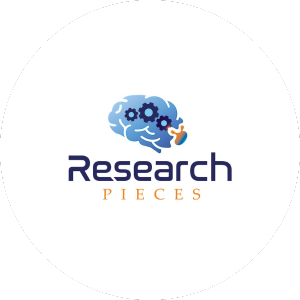
Research Pieces
3D-Living Systems to Dissect Molecular Mechanisms to Understand Central Nervous System to Fight Against Neurodegenerative Diseases
Presented by Amandine Roux
Research PIECES is a Biotechnology Startup based on the campus of the University of Poitiers, France.
The mission of the startup is to understand the physiology and cure neurodegenerative diseases, through Research, Development and Treatment.
Research PIECES proposes innovative models to dissect molecular mechanisms :
– to understand physiology
– to understand the physiopathology to better diagnose and find treatments
– screen/test new therapeutic molecules for clinical trials
– to understand impact of the environment on the central nervous system, the body and health
Neurodegenerative diseases share similar mechanisms, which means that if we understand the pathological mechanisms involved in one of these diseases, we can make progress on all the others!
We decide to firstly focus on Parkinson’s disease, Dementia with Lewy bodies, multiple system atrophy, etc…) which have no treatment to date.
Because together we are stronger, one of the main objectives of the startup is also to raise awareness/inform the general public about research, development and therapeutics.
Research PIECES is currently looking for grant, patronage and sponsorship to fund its various R&D stages in order to be able to market its innovative models as soon as possible.
Understanding physiopathology, better diagnosis, and finding treatments are major challenges for the medicine of tomorrow.
A real expectation and demand for efficient models to do basic research, screen and test molecules allowing a better environmental risk prevention, diagnosis but also to find treatments are therefore necessary.
Research PIECES has the innovation to answer these questions!
Research PIECES is a startup of Biotechnology labelized Deeptech by BPIFrance and based in Poitiers, France.
Research PIECES aims to propose innovative research models to dissect molecular mechanisms through Research, Development and Treatment, to firstly, understand physiology and fight against neurodegenerative diseases (Parkinson’s disease, Dementia with Lewy Bodies, etc.), and to study impact of environment on the Central Nervous System with the involvement of pesticides, neuroendocrine disruptors, etc.
In Biology to answer a scientific question, scientists have to find the best model to approach the physiology and pathophysiology. However, there is no perfect model. We have two main types of models: cellular models, or “in vitro” and animal models or “in vivo”. These two types of models have many advantages but also limitations.
Research PIECES provides intermediate systems between “in vivo” and “in vitro” with all the advantages of the two previous models without the disadvantages: access to all cell types and to the cellular mechanisms, the ability to dissect molecular mechanisms dynamically (versus in vivo) and with a high level of complexity. Our systems also meet the requirements of the European 3R ethical rules (replace, reduce, refine) for animal experimentation. Research PIECES develops 3D-living (versus in vitro) physiological models (versus organoid system) with high and unequaled technical performance and flexibility, allowing to test and screen new potential therapeutic molecules for clinical trials, to fight against these neurodegenerative diseases.
Our models target all ages, the elderly with Parkinson’s disease or Dementia with Lewy bodies, the young adult with multiple system atrophy or children with lysosomal storage diseases. Our systems are proposed to pharmaceutical industry, academic research, CRO, etc. The models provide by Research PIECES meet a real need. Indeed, these pathologies have a major economic and societal impact because they affect all ages: the elderly, the young adult and even the child. All the society is concerned. Indeed, there is a real expectation of innovative models allowing a better understanding of physiology (scientists) to better diagnose (clinicians) and find treatments against these incurable diseases (patients) to date. Research PIECES has the innovation to answer these questions.
Dr. Amandine Roux is the President and Founder of the Startup of Biotechnology Research PIECES in Poitiers, France.
Dr. Amandine Roux began her studies in Poitiers (University of Poitiers), France and she then obtained her Master’s degree and her PhD at the Pierre and Marie Curie University, Paris 6, France. She was working on the genetic forms of Parkinson’s disease at the ICM, the Paris Brain Institute.
Next, she moved to United States where she worked as post-doctoral fellow and Research Associate for six years on neurodegenerative diseases and, more specially on Parkinson’s and Prion diseases. During these years, she acquired an expertise in molecular, cellular and tissue biology on rodent, monkey and human tissues, and biochemistry, and she also established major collaborations with Prof. A.M Cuervo (Albert Einstein College of Medicine, New York, USA), Prof. K. Elisevich (Spectrum Health, Grand Rapids, USA), etc.
She also carried out many relevant academic and professional services as co-founder and President of the ICM’s Students Association (AJITES), as member of the editorial board of the ICM’s website, as health expert for Homeis online application, etc. Passionate about the brain since childhood and with more than ten years of academic research, she decided to put her experience and expertise at the service of scientific research by providing innovative models to dissect molecular, cellular and tissue mechanisms in a physiological integrated 3D system; and also, by raising awareness/inform the general public about research, development and therapeutics.
She started Research PIECES in July 2022.
Federation of European Neuroscience Societies
Presented by Sameer Zuberi
The Federation of European Neuroscience Societies (FENS) is the voice of European neuroscience. FENS currently represents 44 European national and single discipline neuroscience societies with more than 20,000 member scientists from 33 European countries. FENS’ mission is to advance research and education in neuroscience within and outside Europe, and to facilitate interaction and coordination between its members.


vCreate Neuro
vCreate Neuro – a secure web-application using the power of smartphone video in the diagnosis, management and research of brain disorders
Presented by Sameer Zuberi
vCreate Neuro is a secure clinical Video Service to support diagnosis, management and decision-making in hospitals and the community.
vCreate Neuro may add value to the delivery of care for people (adults and children) who have epilepsy and other neurological disorders by reducing people’s waiting times, more efficient triage and improving information available for diagnosis and treatment.
Background Epilepsy and other neurological disorders manifest in changes in behaviour, movement, seizures, intellect and activities of daily living. Misdiagnosis rates, particularly in epilepsy, are high, between 25-50%. Carer-recorded home video recordings supplementing history improve diagnostic reliability. Managing smartphone clinical video is challenging with difficulties in terms of consent, secure transfer, storage, classification, retrieval and integration with patient records.
Methods: vCreate Neuro, a secure web-application, was designed by neurologists with a technology company. The application fulfils European GDPR, hospital security and governance regulations. Patients/carers (users) are invited to register via their smartphone. Consenting electronically, users create a password and passcode. Videos are uploaded with structured metadata from the user. Different pathways including epilepsy, movement disorders, neuromuscular, autism and speech & language, allow condition-specific data to be uploaded with the video. The clinician accesses the video and data from any web-enabled device. The application allows specific classification and labelling of videos. The system was evaluated using test of change methodology with questionnaires for patient/carers and clinicians integrated into the system. A government body undertook a health economic and qualitative analysis of the application. In the UK an associated national neurology video research database received ethical approval.
Results: From 01/05/20 to 04/05/2023, 10,605 patients uploaded 28,529 videos from 82 centres in the UK and other international settings. There are 1,240 clinician users. Estimated travel miles saved are 817,300 with carbon savings of 245 tonnes. Health economic evaluation estimates savings of £675 per patient primarily due to reduced inpatient stay, clinic visits and investigations. >90% of patients/carers find the system easy / very easy to use. A day off school or work is prevented in 1/5 patient interactions. 93% of videos aided the clinician in making a diagnosis with 85% saying this was made quicker with video. 92% users consent prospectively for research and 90% for teaching.
Innovation, brain health & impact on the brain community: Integrating the web-application in referral pathways reduces clinic waiting times and facilitates diagnosis. The size of the database growing by around 800 videos a month facilitates development of machine learning based solutions supporting diagnosis.
Sameer is Paediatric Neurologist at the Royal Hospital for Children and Honorary Professor, University of Glasgow. His interests include epilepsy, neurogenetics and innovation. He leads the Paediatric Neurosciences Research Group in the University of Glasgow and is clinical lead of the Scottish Genetic Epilepsy service. He is a Board Member & immediate past President of the European Paediatric Neurology Society (EPNS) and sits on the Board of the European Brain Council. Other roles have included Editor-in-Chief of the European Journal of Paediatric Neurology (2015-21 and Chair of the International League Against Epilepsy (ILAE) Commission on Classification & Terminology (2013-17). He co-designed vCreate Neuro, a smartphone video diagnosis and management web-application. Established in Glasgow in 2020 it is now used by >100 services in the UK and internationally.
Walking the Talk for Dementia
Walking the Talk for Dementia - Empowering Individuals, Diversifying Perspectives, and Unifying the Dementia Journey
Presented by Fernando Aguzzoli-Peres
Dementia is a complex challenge that transcends the boundaries of individuals, impacting family dynamics, society, health and economic systems. A comprehensive response to this multifaceted challenge requires coordinated efforts across diverse domains. In this context, we introduce “Walking the Talk for Dementia,” a groundbreaking and immersive initiative that transcends the transactional approach to dementia, aiming to create positive changes and foster experiential understanding.
Bringing together healthcare professionals, advocates, policymakers, researchers, people living with dementia, and their care partners, the initiative entails a transformative 40 km walk among 4-days to Santiago de Compostela, serving as a profound journey of connection and reflection, followed by a 2-days symposium.
Diversity is key to the project, and participants come from various social, racial, geographical, cultural, professional, generational, gender, and spiritual backgrounds. The project’s focus is on increasing global awareness about dementia, promoting conversations, diversifying perspectives by presenting and discussing different narratives, encouraging collaborations among participants, and empowering people with dementia.
The initiative fosters a safe space for mutual exploration and learning, preserving a patient-family-oriented model, breaking down egos and clinical hierarchies to make room for shared vulnerability. This facilitates the generation of empathy, the exchange of knowledge through human truth, the creation of communities united by meaningful experiences, with the result being personal and professional transformation. This approach can complement traditional conferences on brain health and dementia, allowing ample time for reflection and organic design of research and interventions considering Patient and Public Involvement approaches.
“Walking the Talk for Dementia” holds immense potential to revolutionize the brain health community, influence health policies, foster long-lasting collaborations, renew purpose, inspire researchers and professionals, and pave the way towards a fairer future for people living with dementia.
Fernando Aguzzoli-Peres is a Brazilian journalist and bestselling writer, renowned for his work in the field of Alzheimer’s disease and other dementias. He has authored five books on the subject, targeting both adults and children, which have been published in four countries and sold approximately 500,000 copies.
Fernando is a Global Atlantic Fellow for Equity in Brain Health, at the Global Brain Health Institute – Trinity College Dublin. He is currently the Coordinator of Successful Aging and Dementia at the association Crônicos do Dia a Dia (CDD), an organization dedicated to mitigating the challenges faced by individuals with chronic diseases in Brazil.
Additionally, Fernando holds the position of Communication and Aging Coordinator at the International Longevity Centre Brazil (ILC BR). He is a two-time TEDx speaker, and one of the visionary partners behind the Walking the Talk for Dementia Experience and Symposium. This groundbreaking initiative brought together individuals with dementia, researchers, healthcare professionals, advocates, and policymakers from 25 different nationalities to walk 40 kilometers in Santiago de Compostela. The event aimed to raise awareness about dementia and foster collaborations among diverse participants

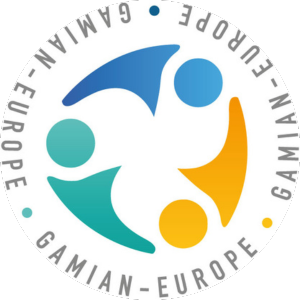
GAMIAN Europe
Presented by Ting-Yun Yen
GAMIAN-Europe (Global Alliance of Mental Illness Advocacy Networks-Europe), a patient-driven pan-European organization, represents the interests of persons affected by mental illness and advocates for their rights. Its main objectives are: advocacy, information and education, anti-stigma and discrimination, patients’ rights, co-operation, partnerships and capacity building.
European Academy of Neurology
Presented by Sameer Zuberi
The European Academy of Neurology is non-profit, independent organisation aiming to promote neurological excellence in the practice of general neurology leading to improved patient care throughout Europe by supporting 45,000 members and working closely with 47 European national societies.
EAN aims to keep Europe at the forefront of neurological research and maintain its position as one of the world’s scientific hotspots in neurology.


European Association of Neurosurgical Societies
Presented by Ting-Yun Yen
The European Association of Neurosurgical Societies (EANS) is a fast-growing, independent association, both of European neurosurgical societies and of individual neurosurgeons all over the world. Its aim is to enable members to enhance the care they deliver to their patients by facilitating the exchange of scientific information at the highest level.
European College of Neuropsychopharmacology
Presented by Ting-Yun Yen
The European College of Neuropsychopharmacology (ECNP) is an organization committed to ensuring that advances in the understanding of brain function and human behaviour are translated into better treatments and enhanced public health.

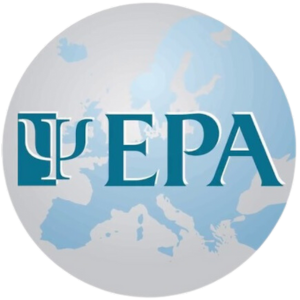
European Psychiatric Association
Presented by Sameer Zuberi
The European Psychiatric Association (EPA) is the main association representing psychiatry in Europe. EPA’s activities address the interests of psychiatrists in academia, research and practice throughout all stages of career development. EPA deals with psychiatry and its related disciplines and it focuses on the improvement of care for the mentally ill as well as on the development of professional excellence.
International Brain Research Organization
Presented by Ting-Yun Yen
The Pan European Regional Committee (PERC) of the International Brain Research Organization (IBRO) is a global organization resulting from the union of neuroscience organizations with the aim to promote and support neuroscience training and collaborative research around the world. The IBRO-PERC is a PanEuropean Regional Committee supporting the IBRO mission and helping to plan and implement IBRO activities in Europe.

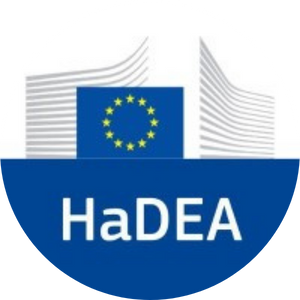
European Health and Digital Executive Agency
Presented by Sameer Zuberi
HaDEA’s mission consists in implementing actions that strengthen Europe in the domains of health, food safety, digital technologies and networks, industrial capacities and space. The Agency provides high-quality and service-oriented support for a healthier, fairer and more resilient European society and a more competitive European industry. HaDEA ensures that the projects it manages deliver concrete results that benefit the lives of all EU citizens and provides the European Commission with valuable input for its policies.

